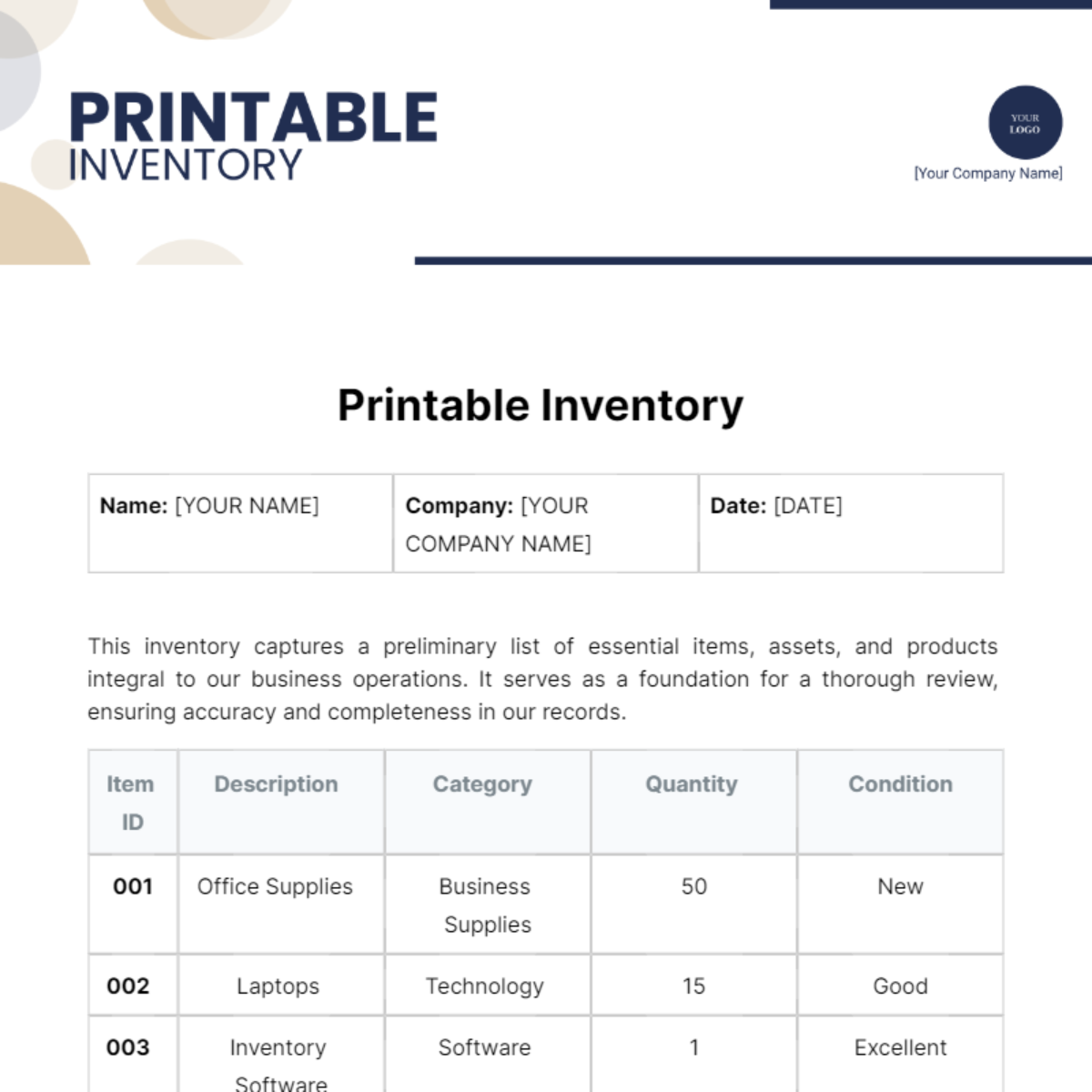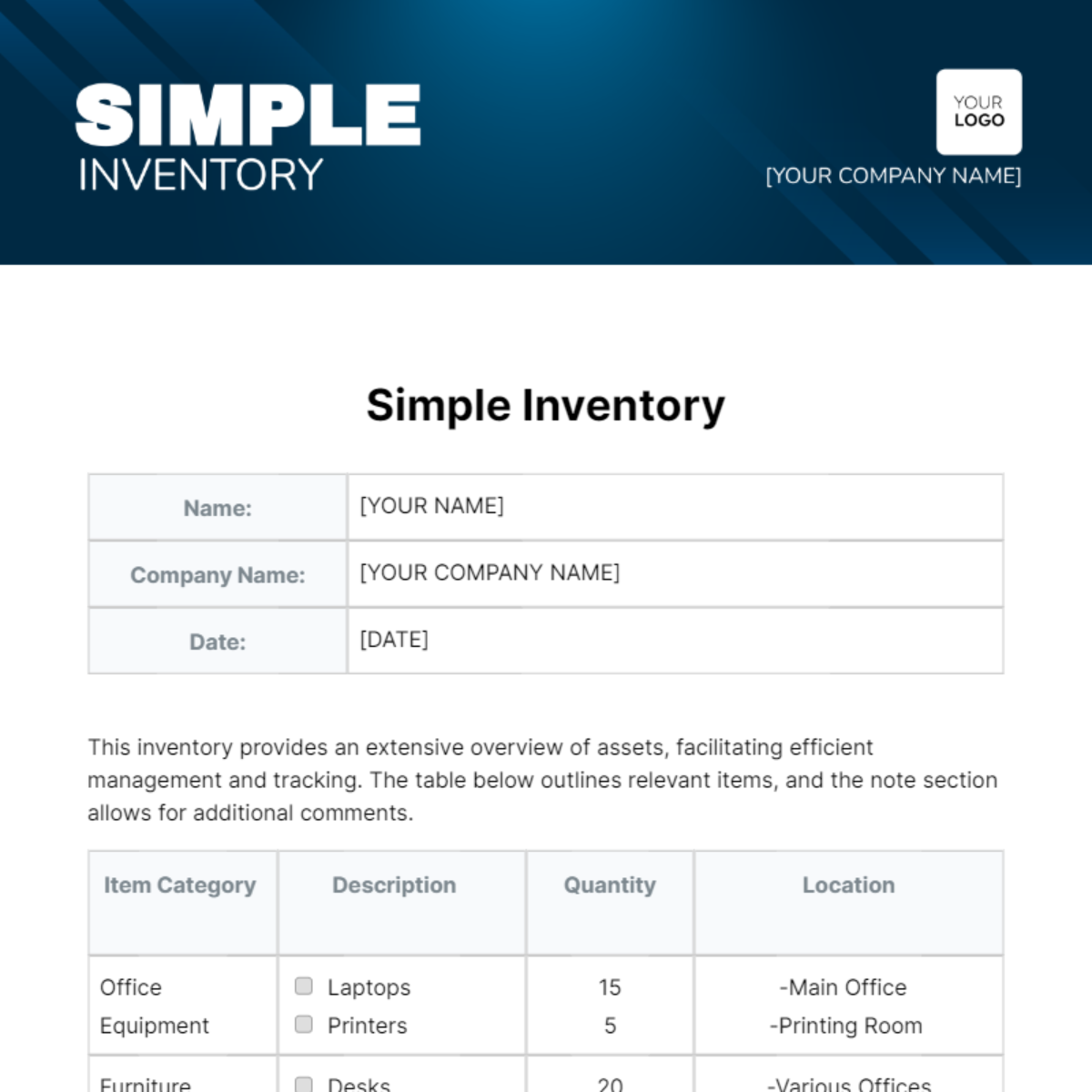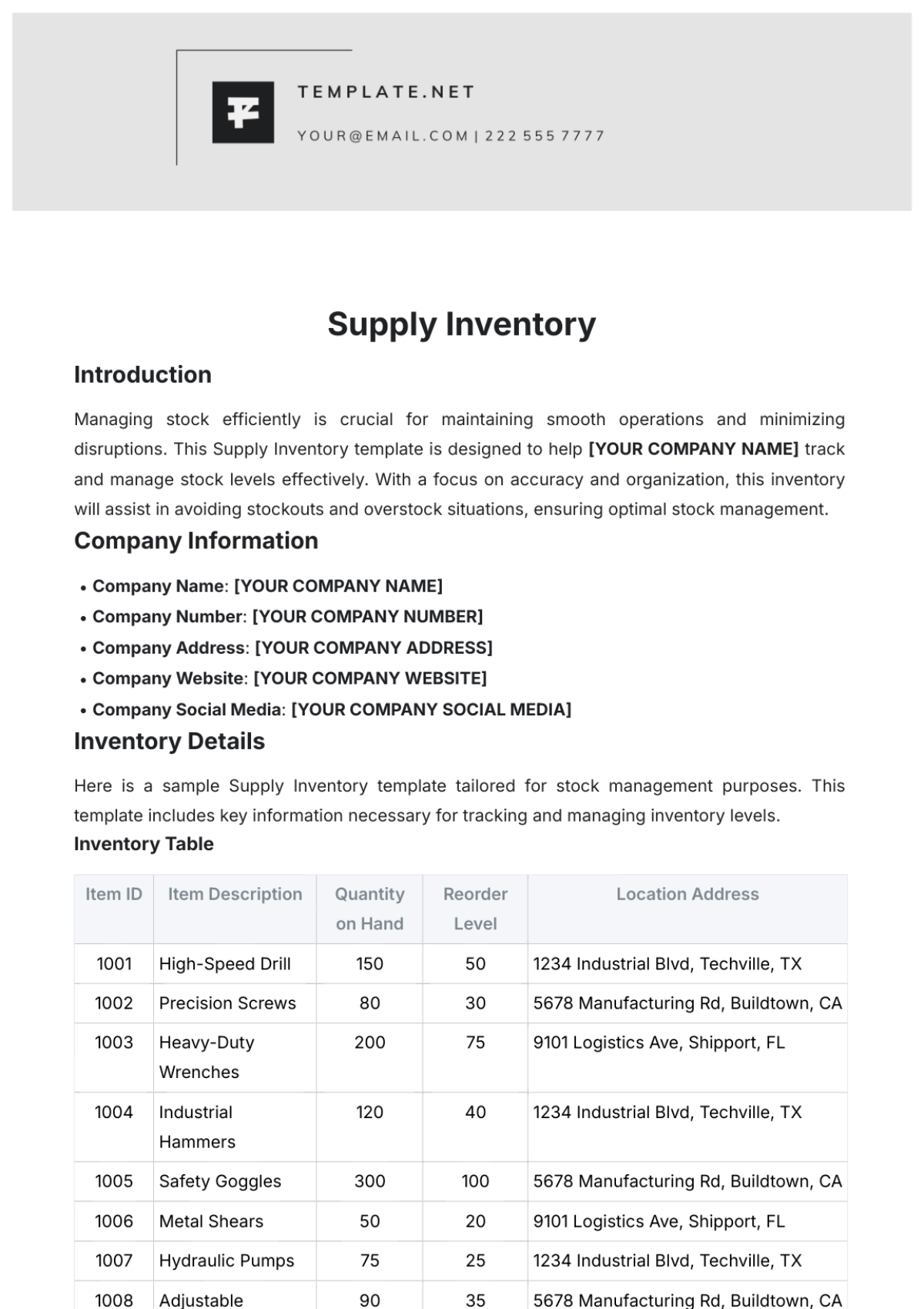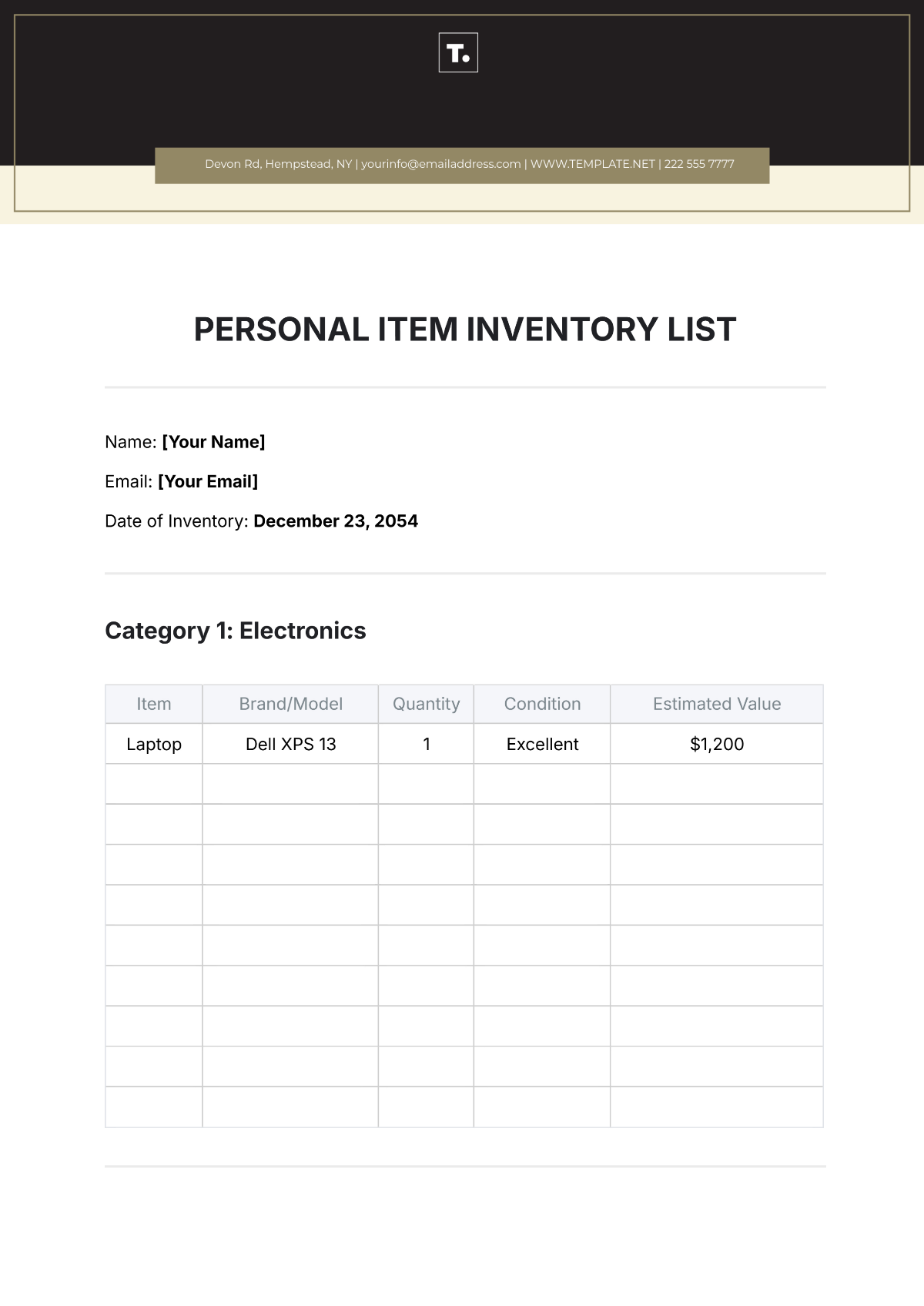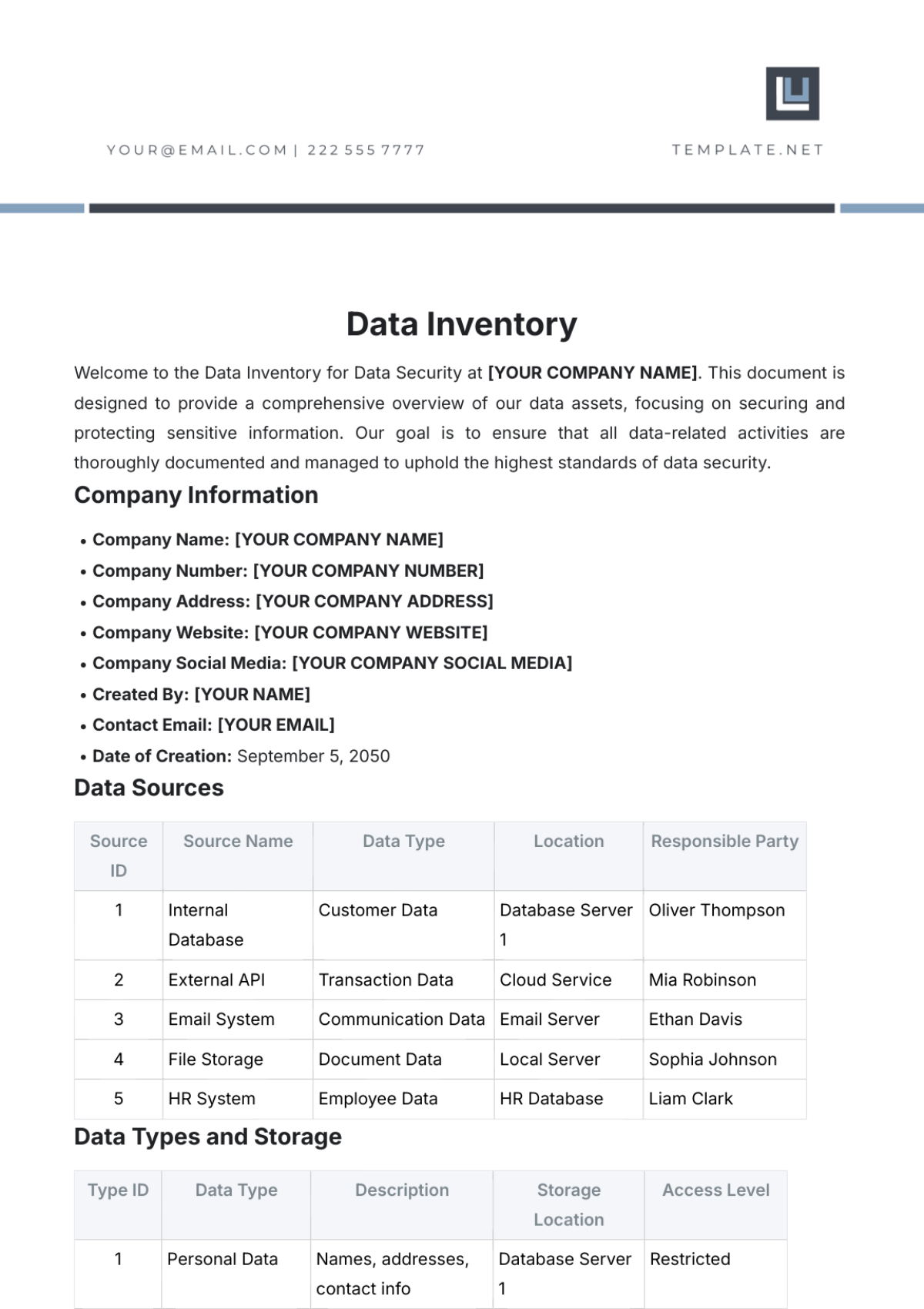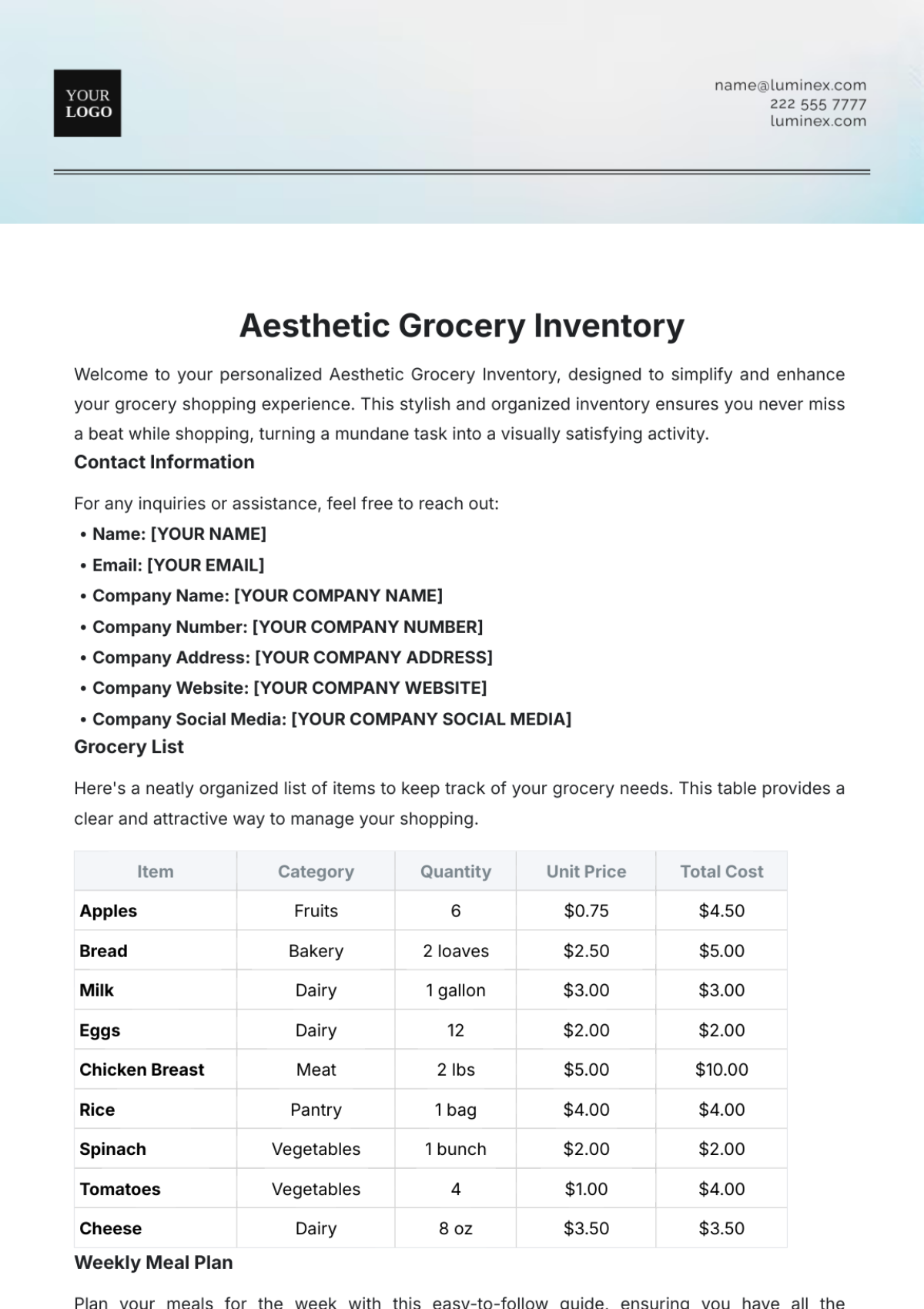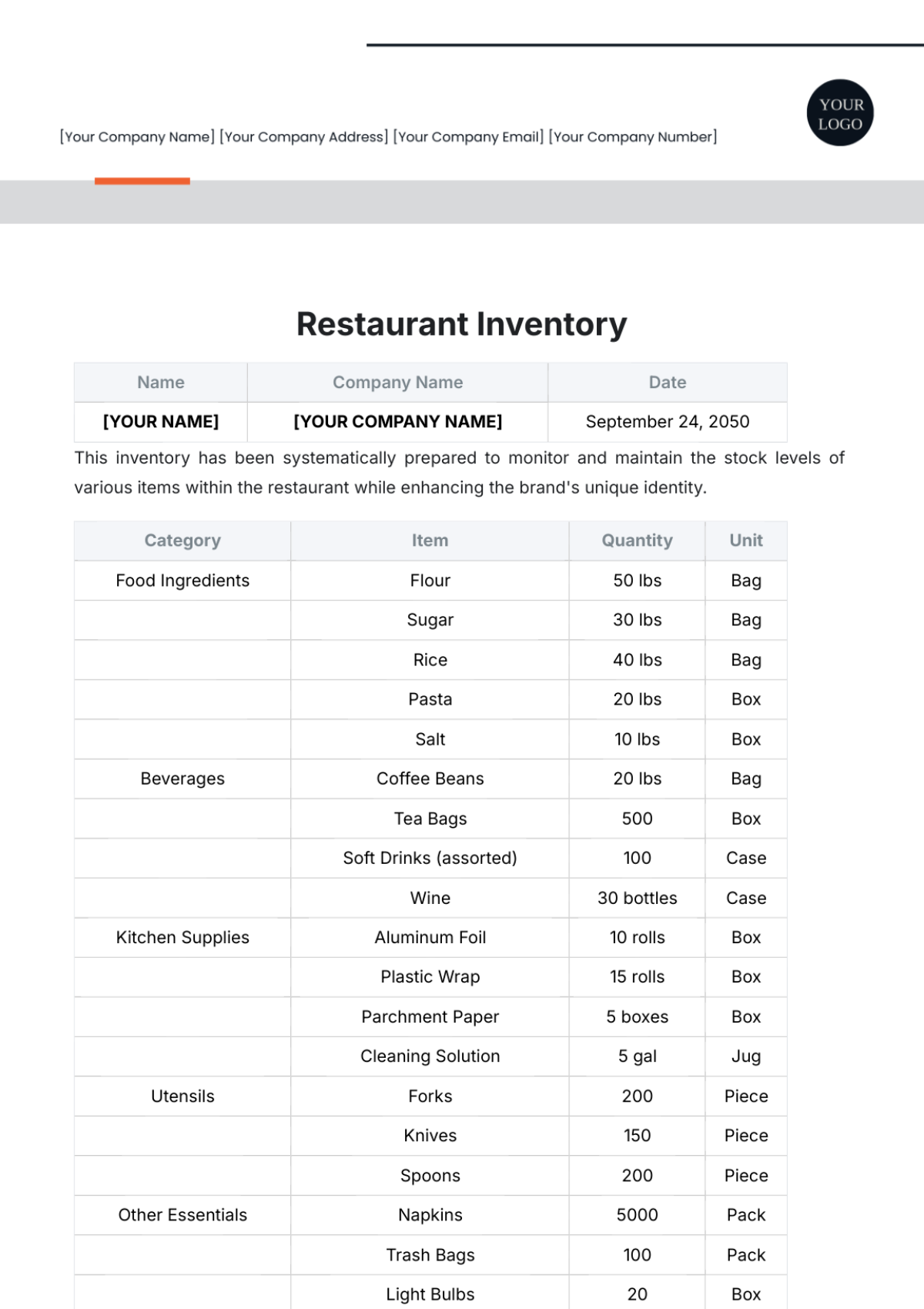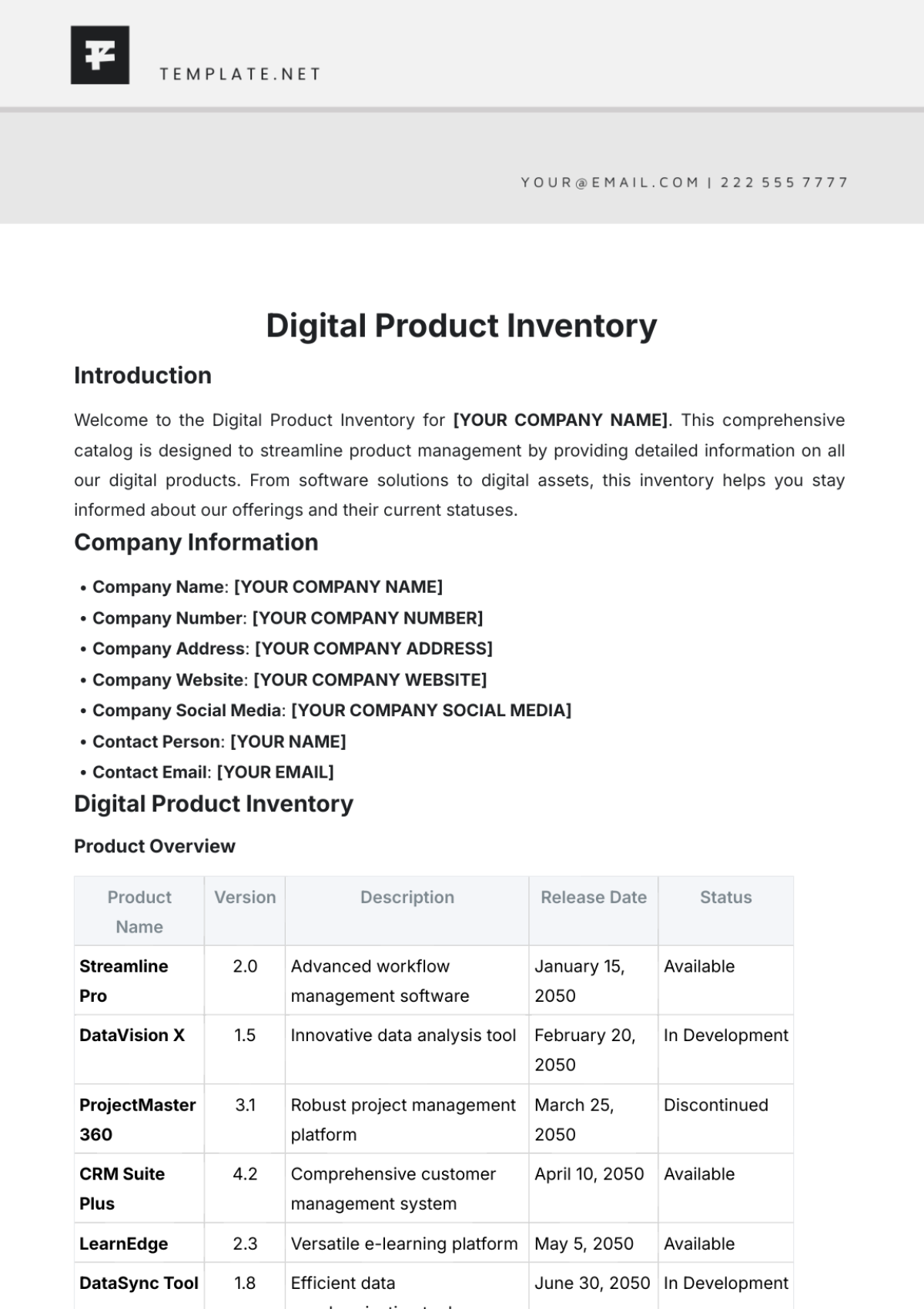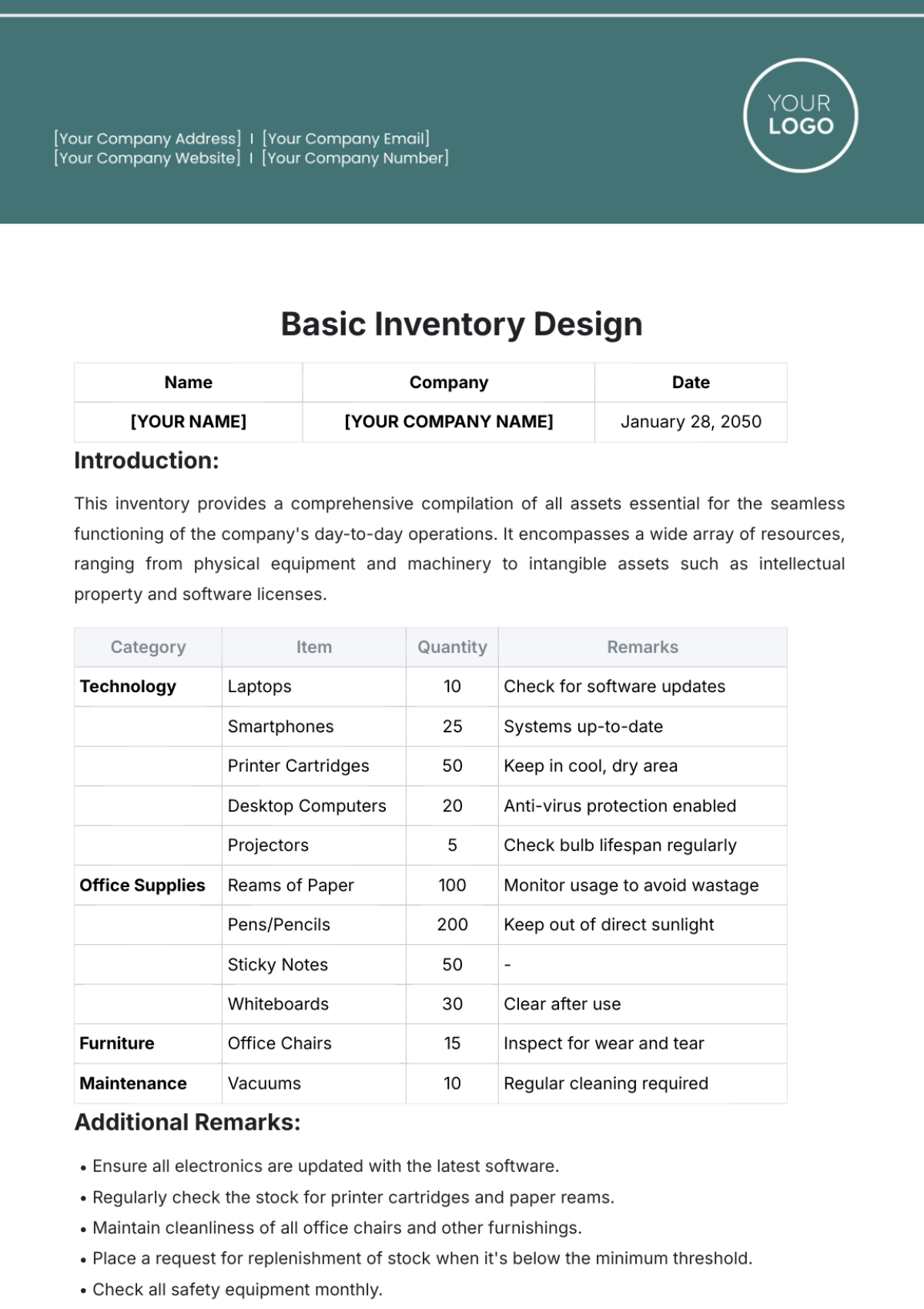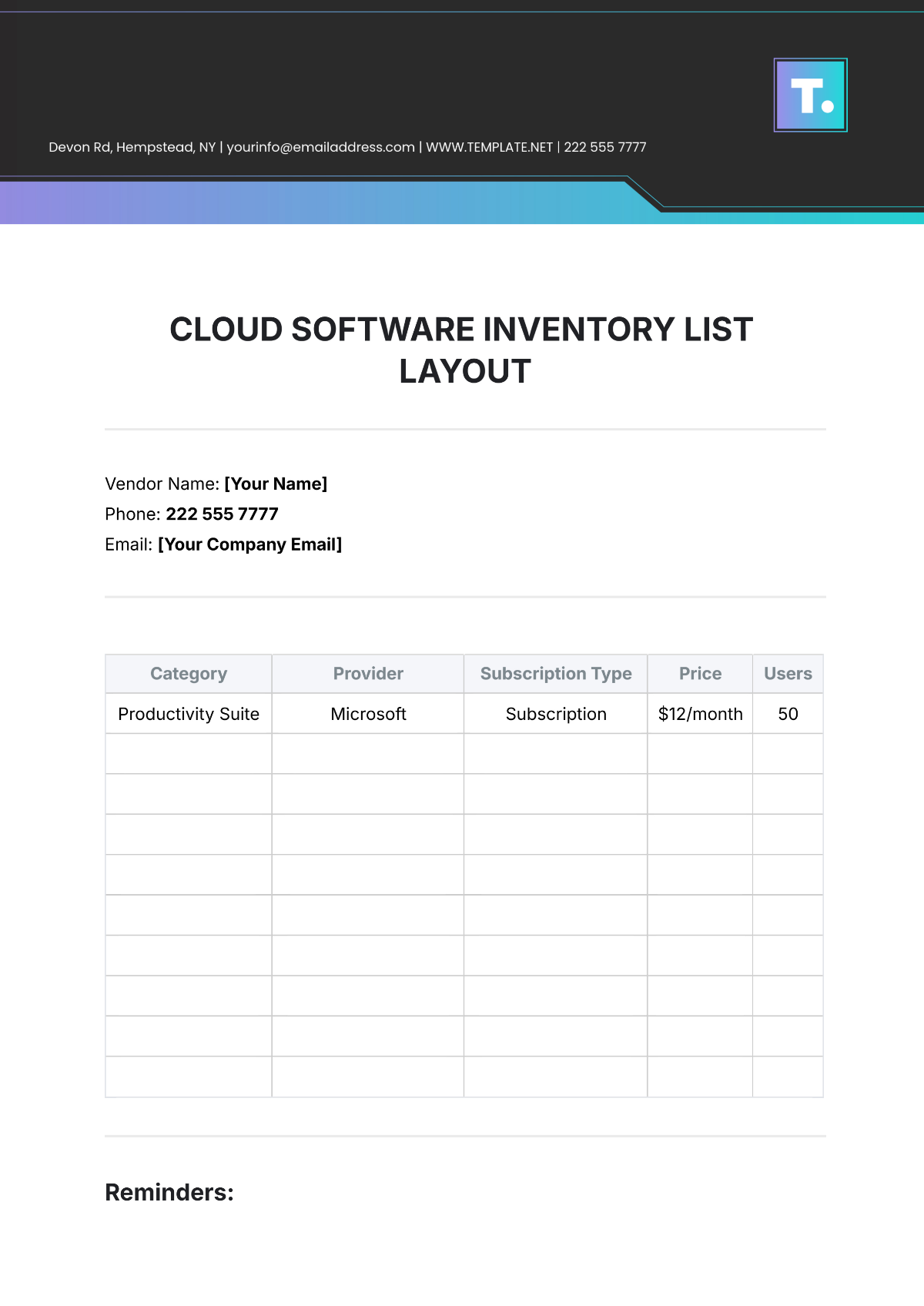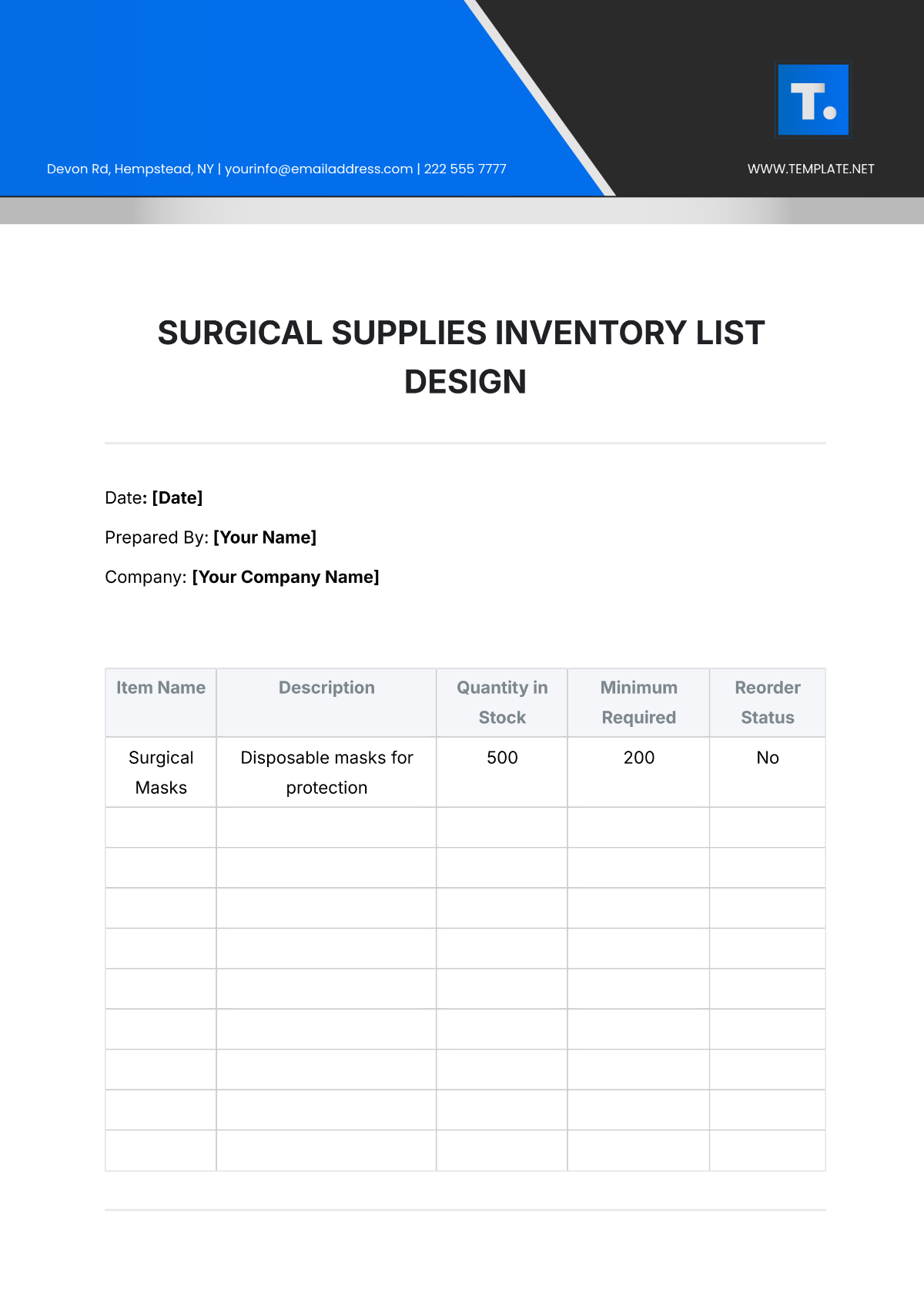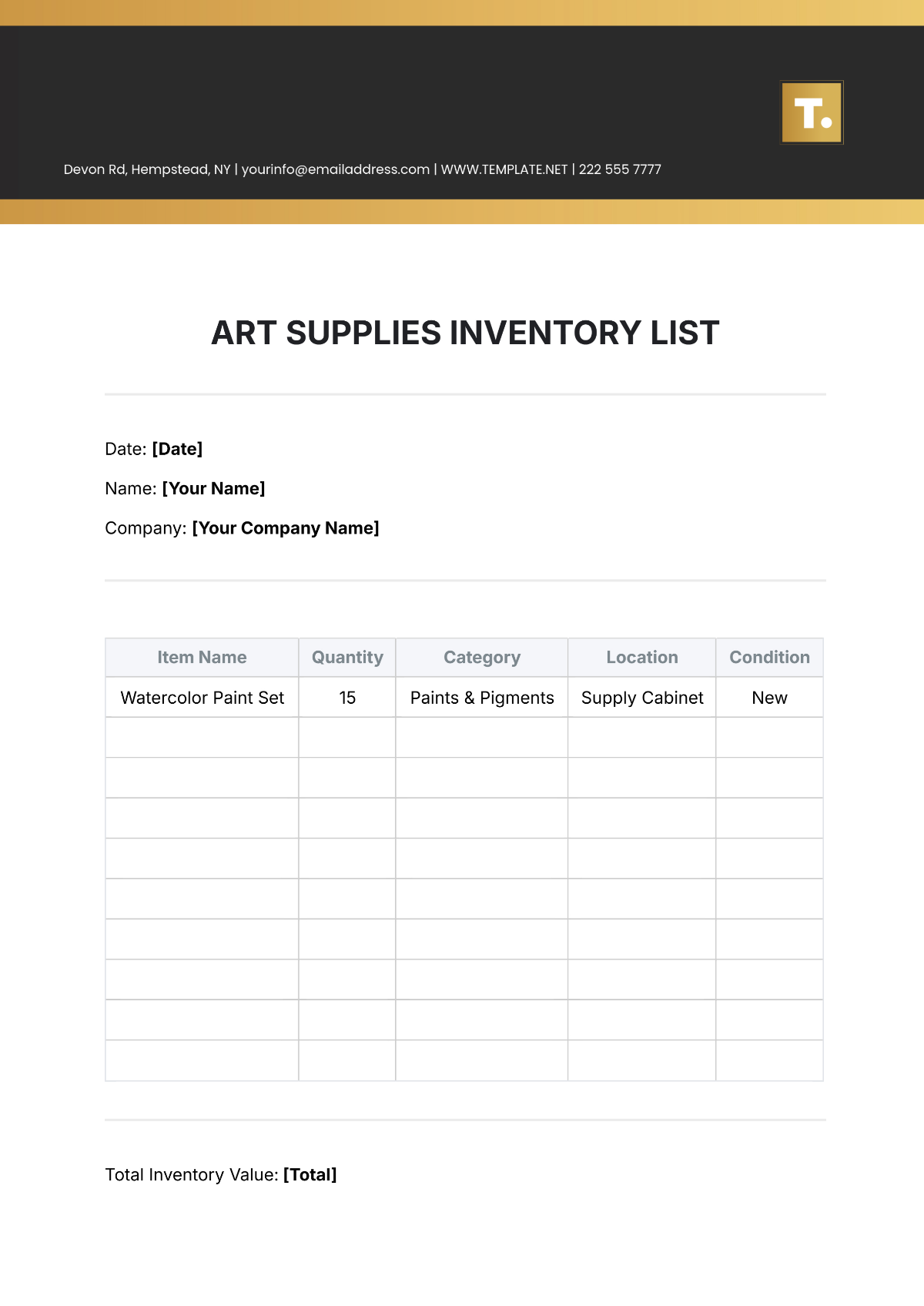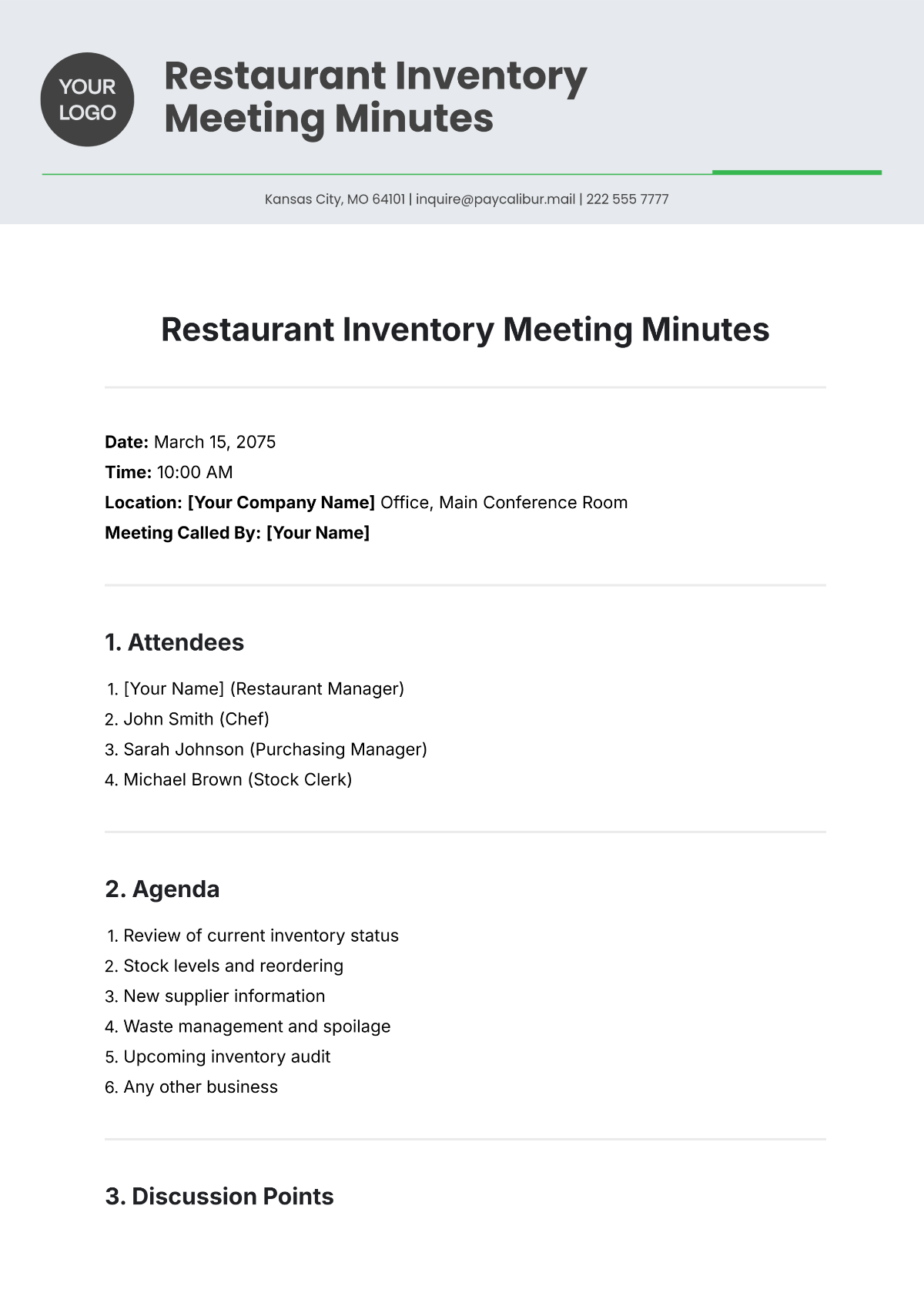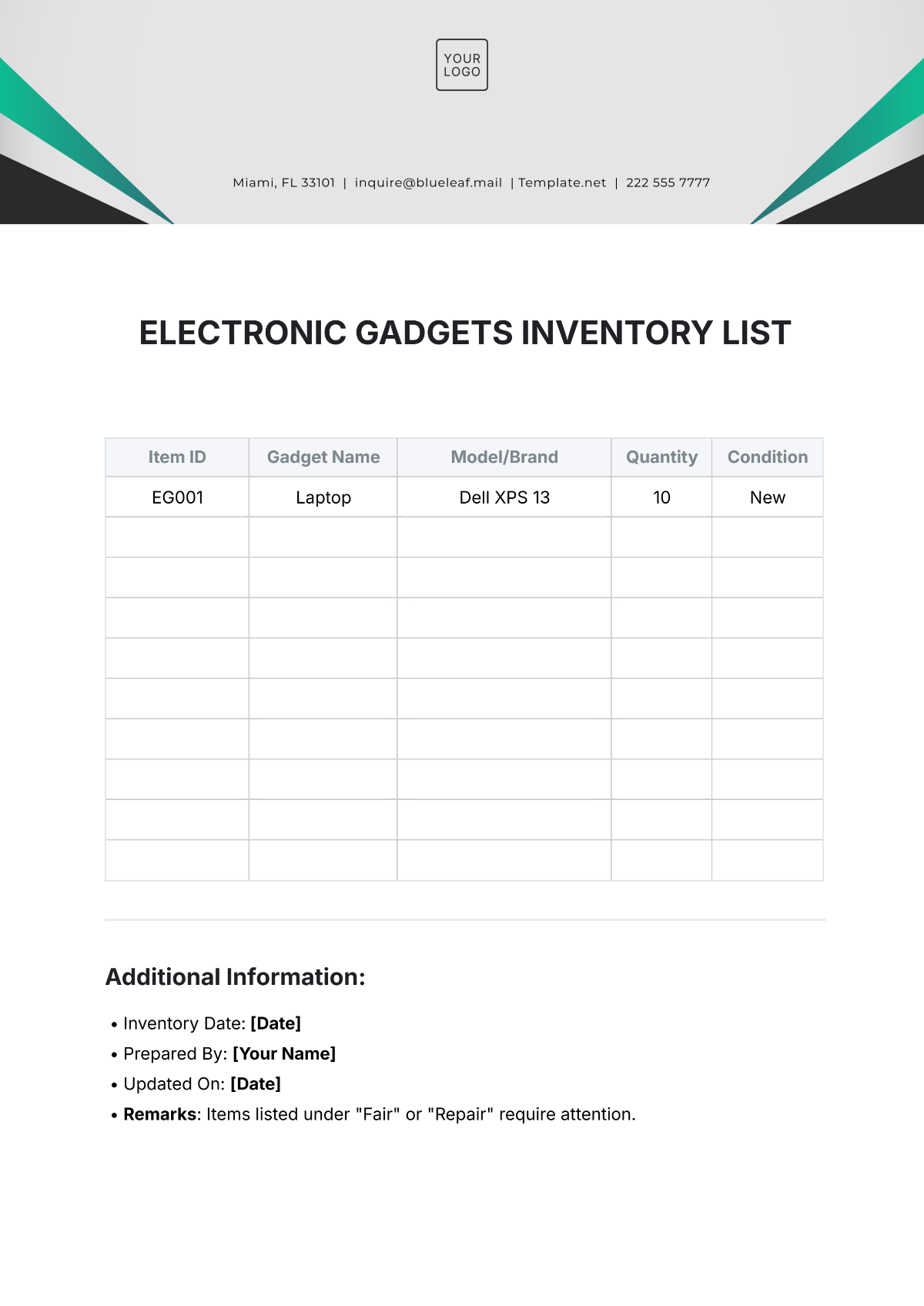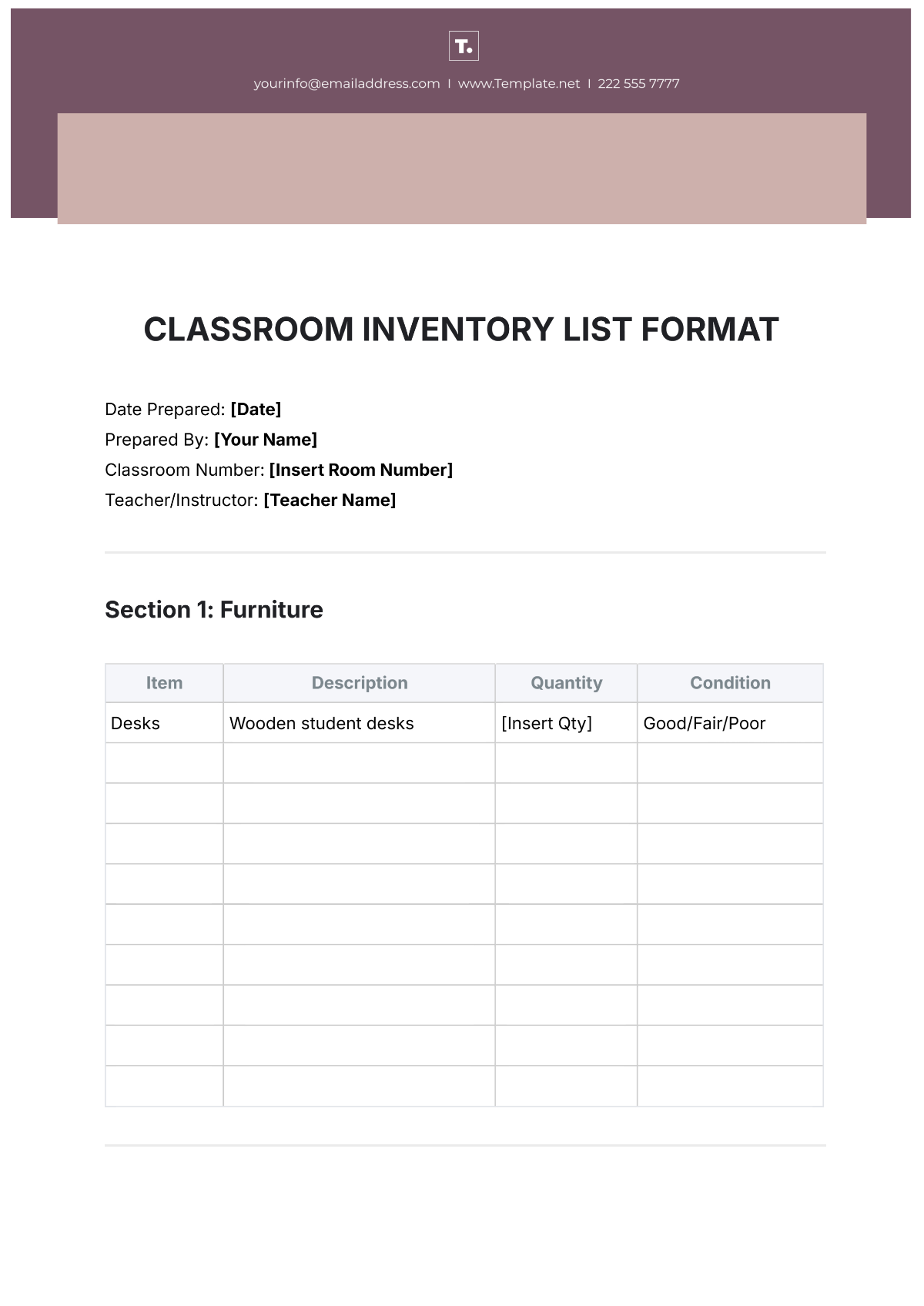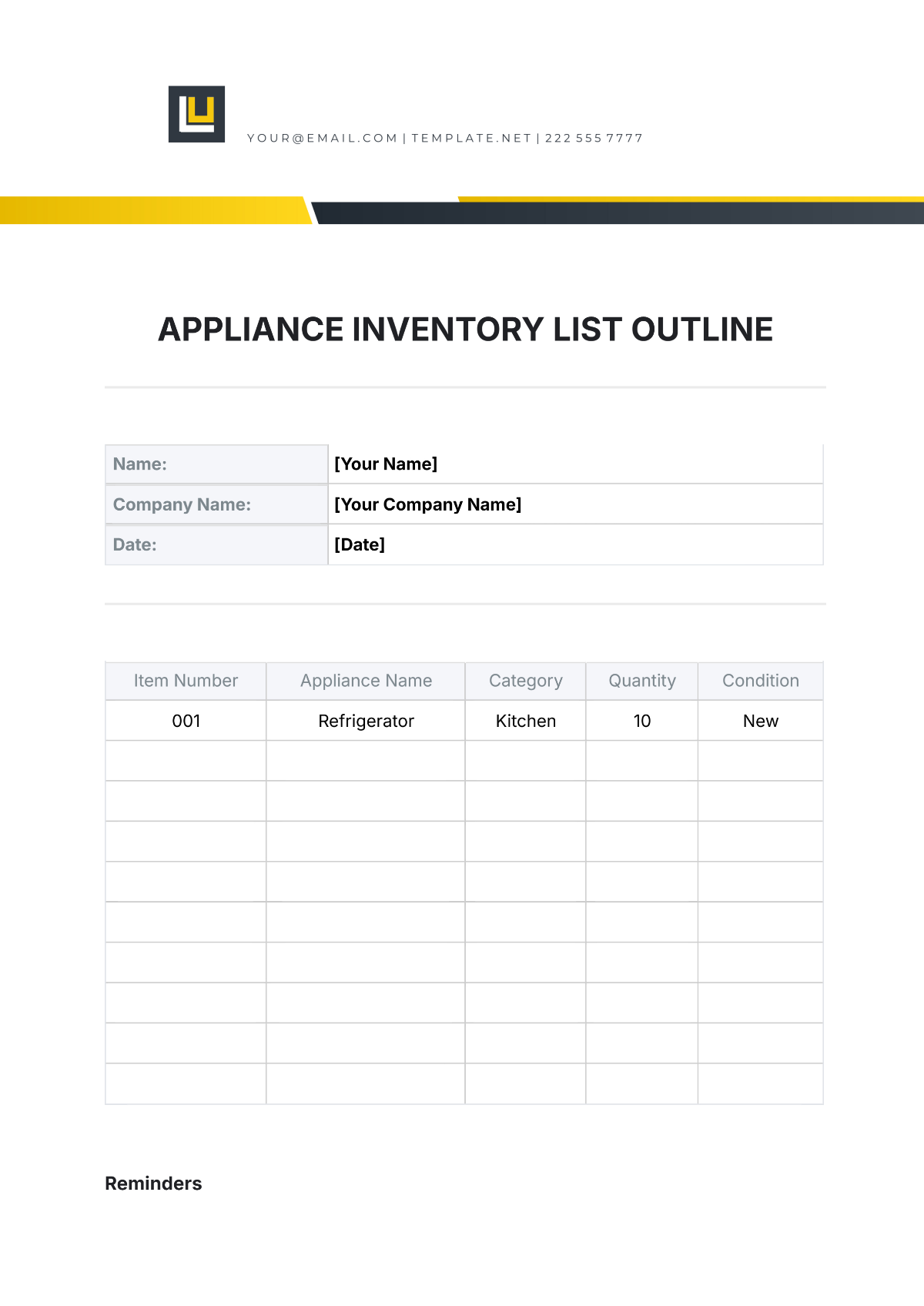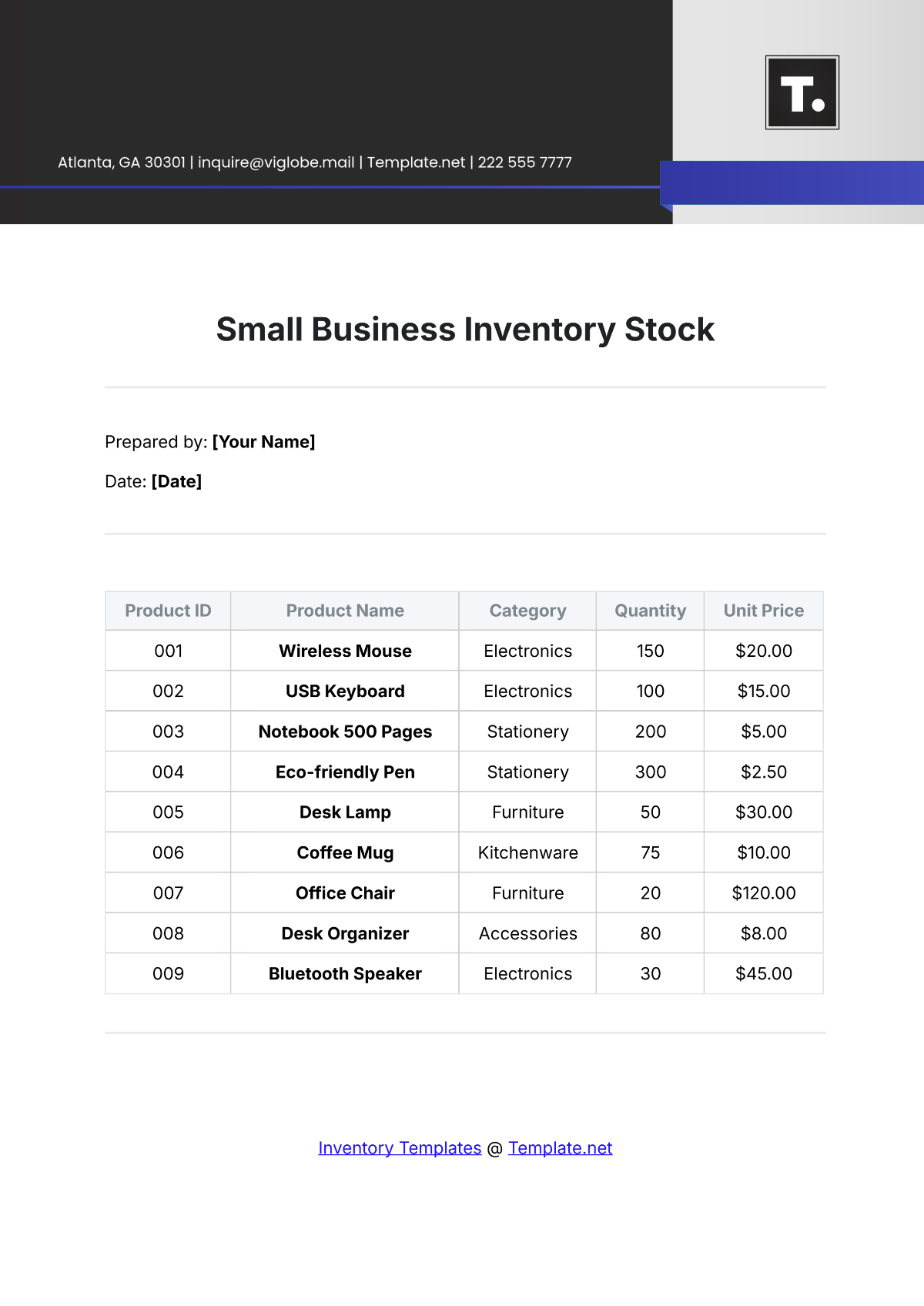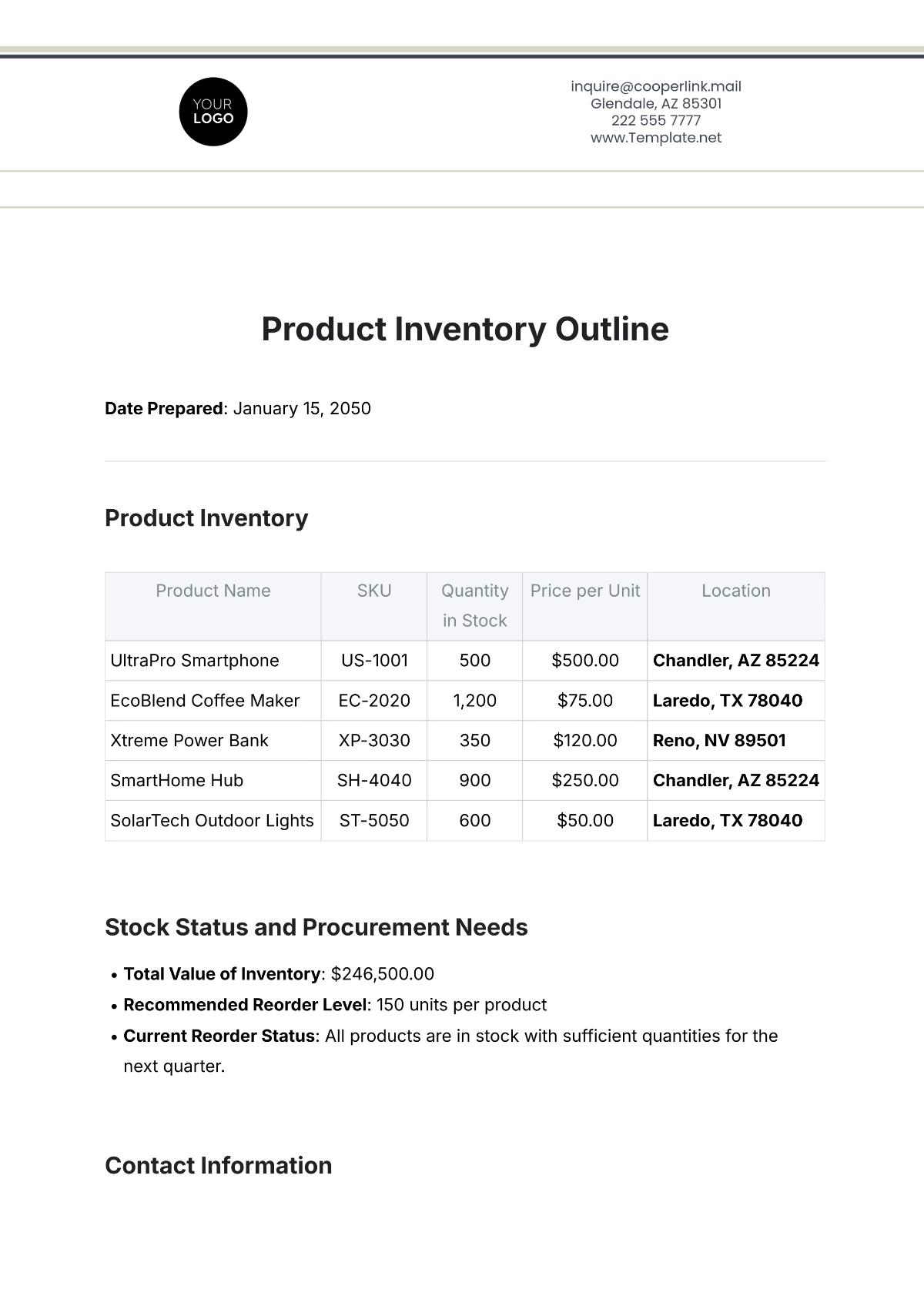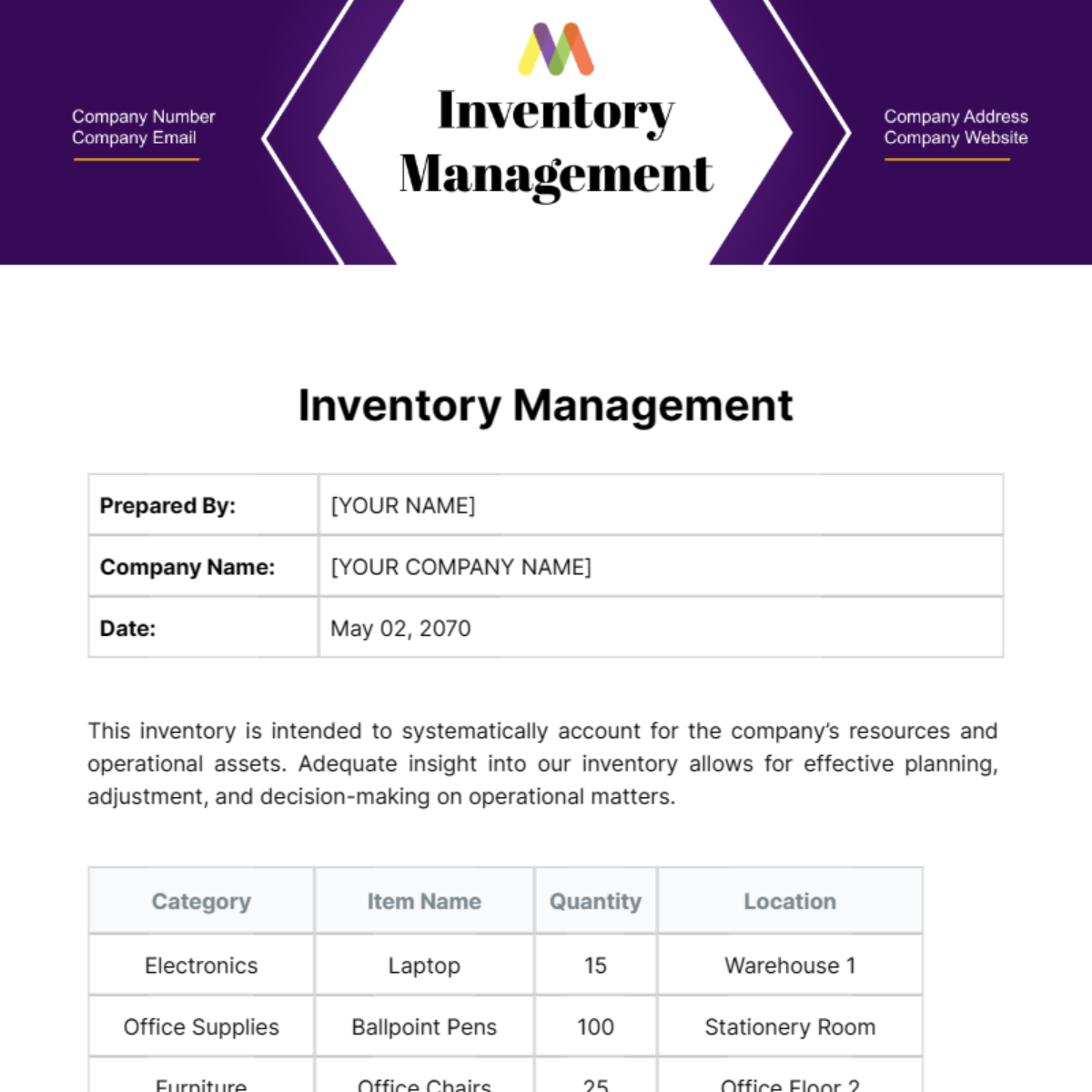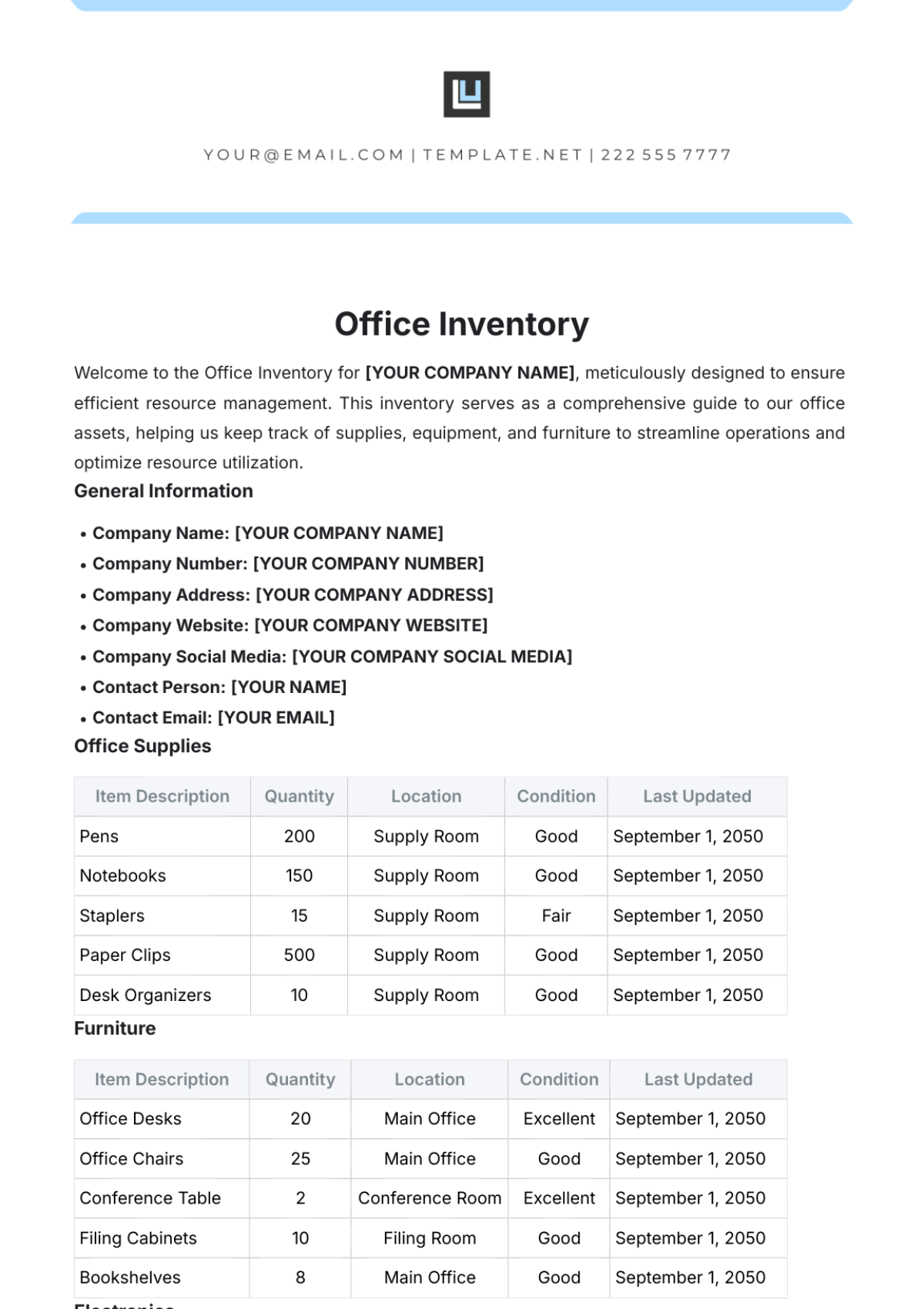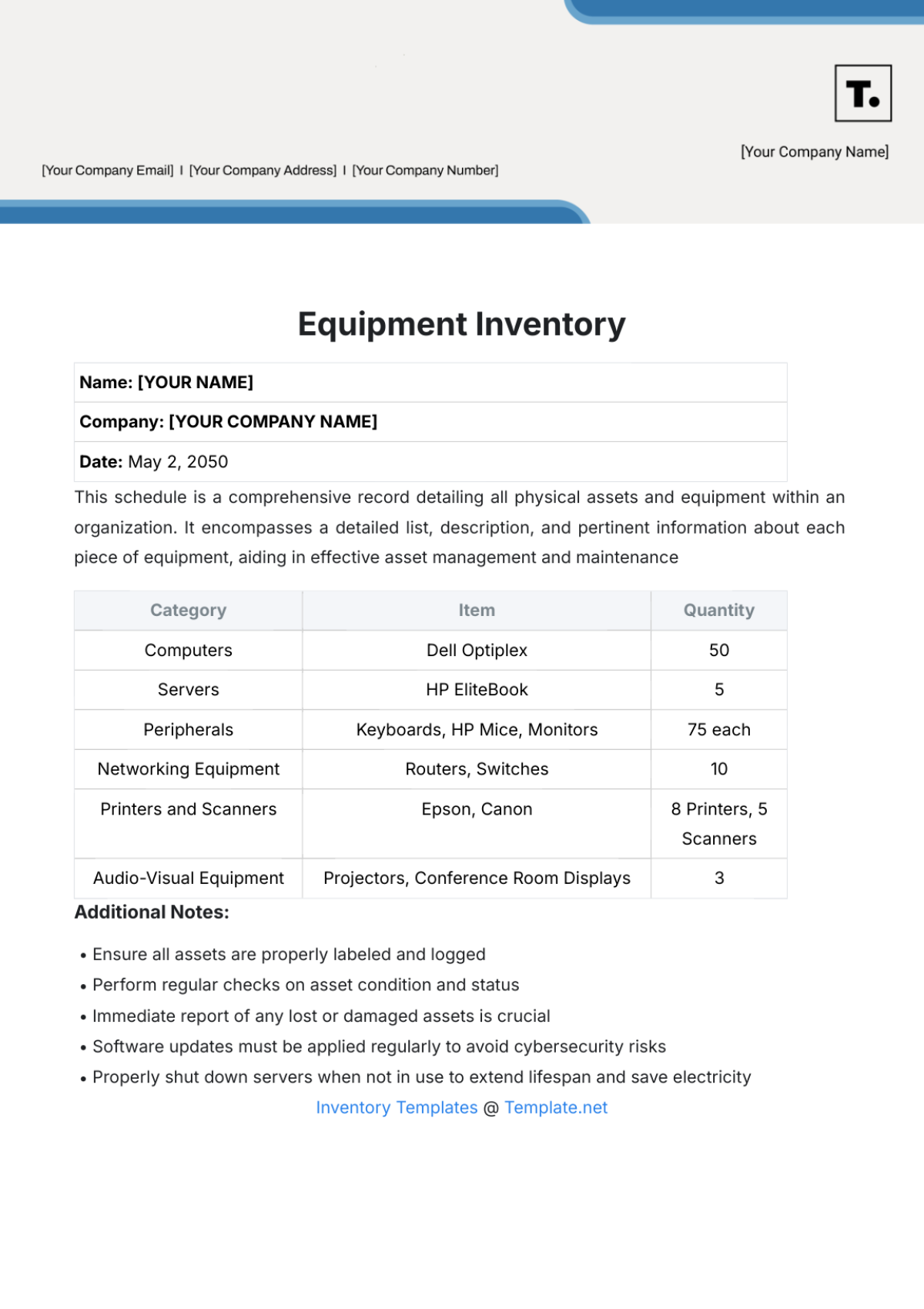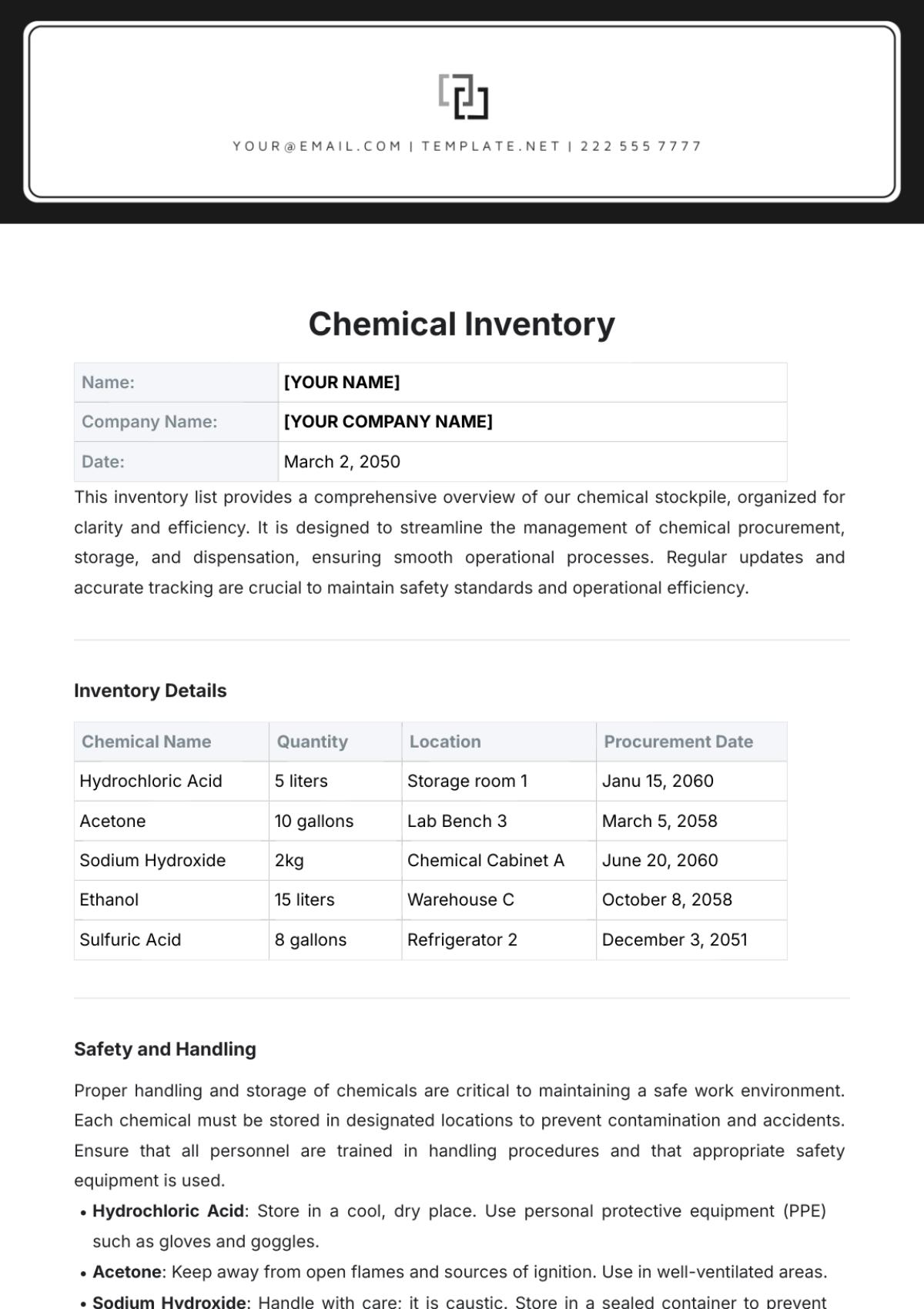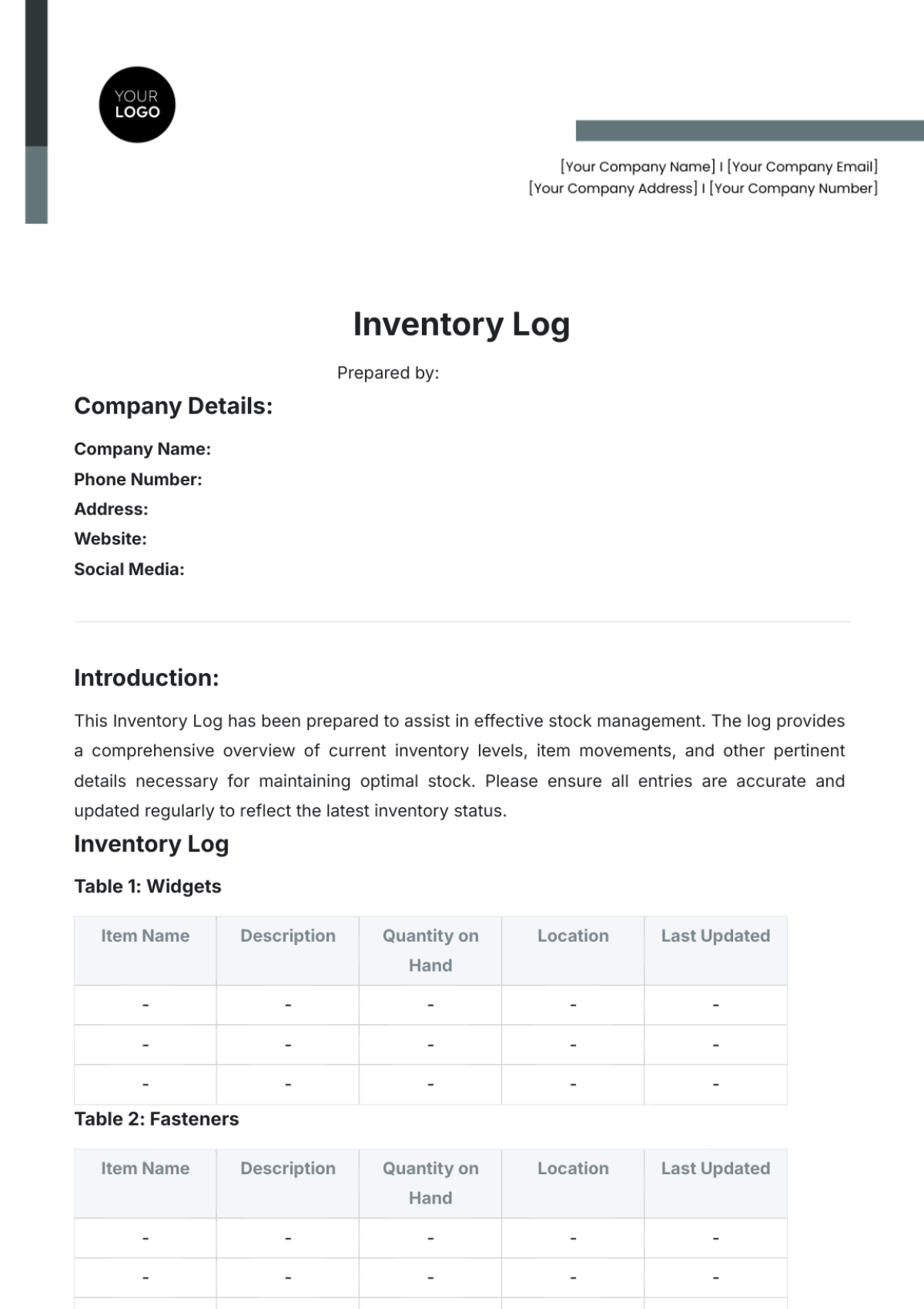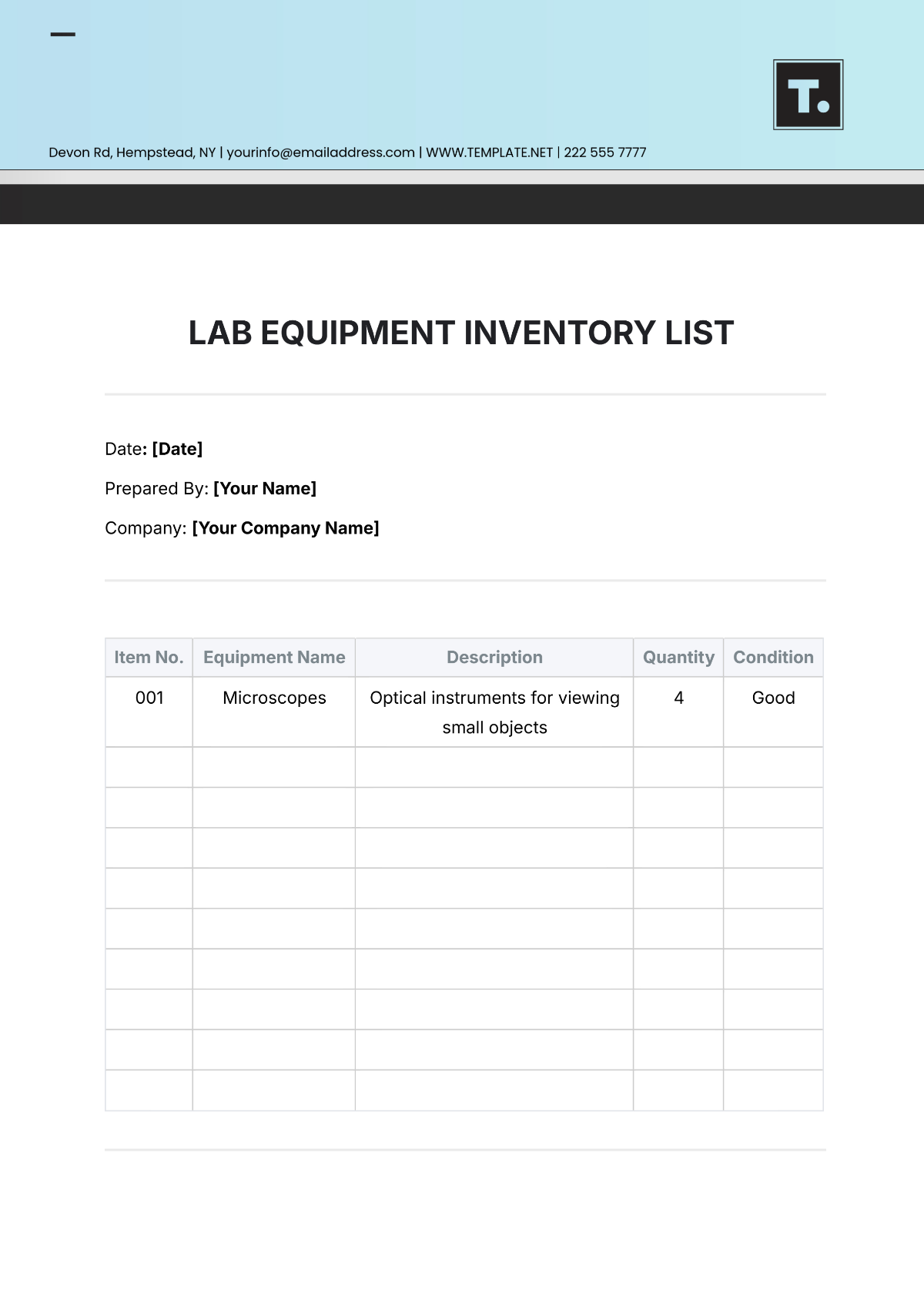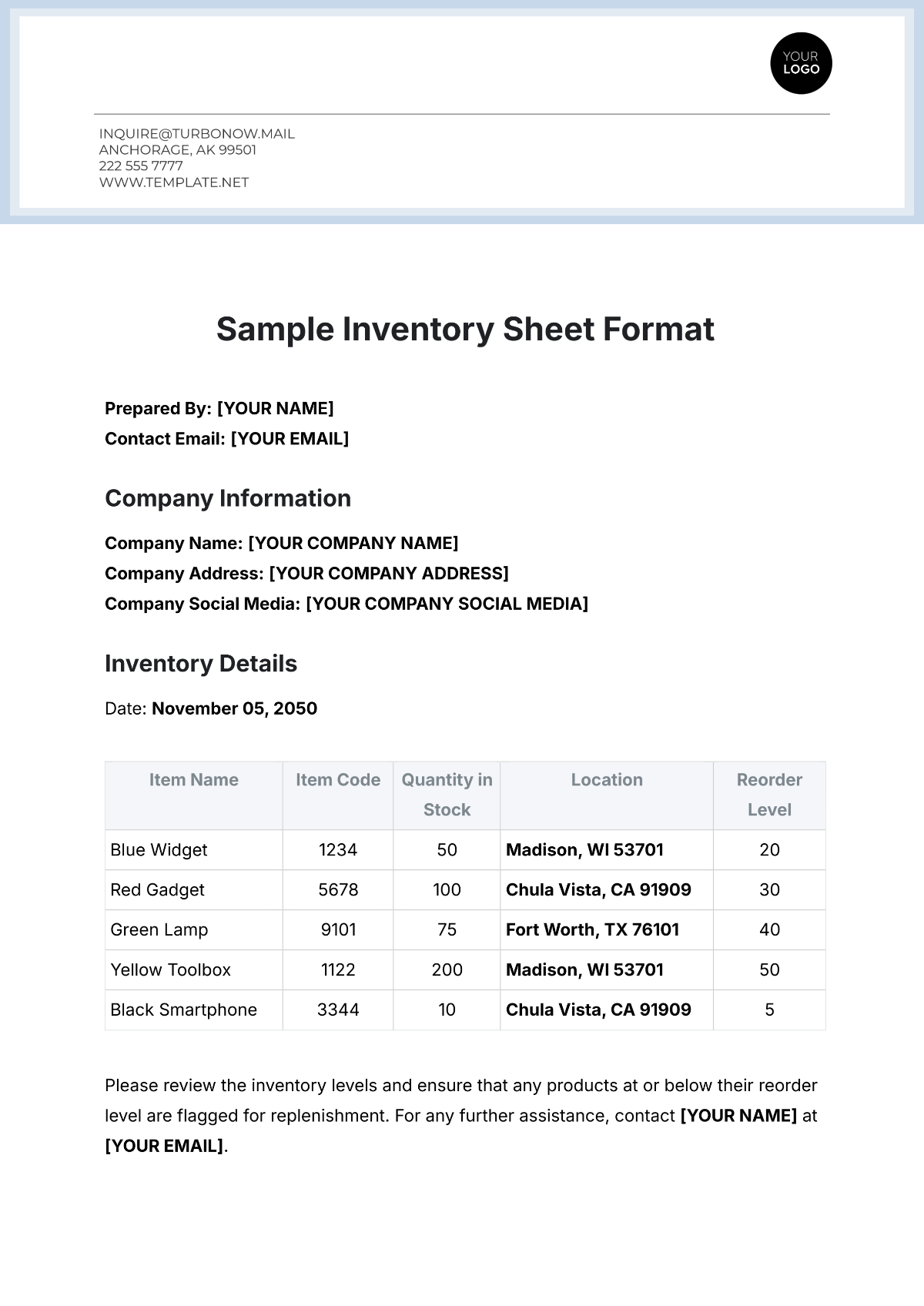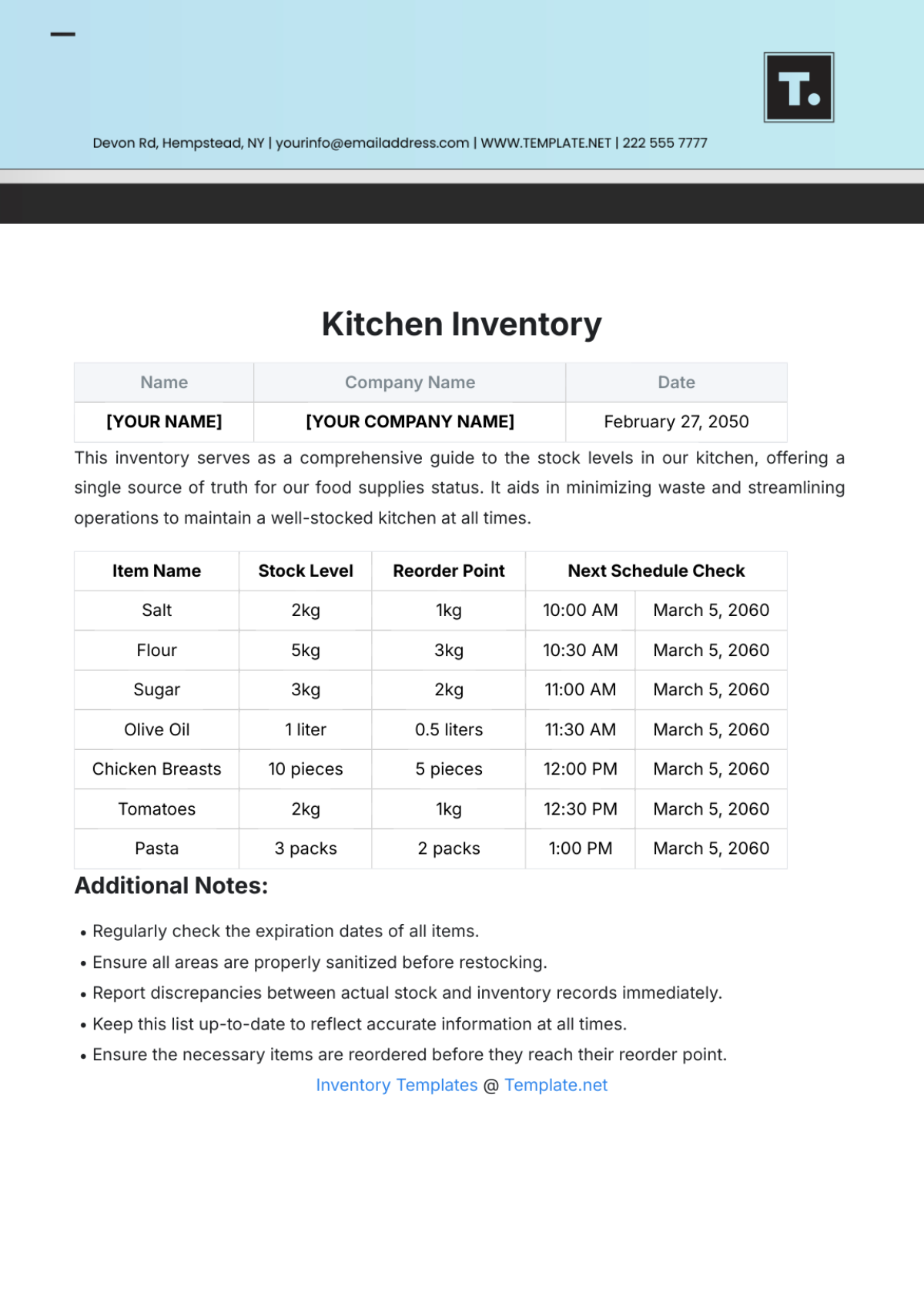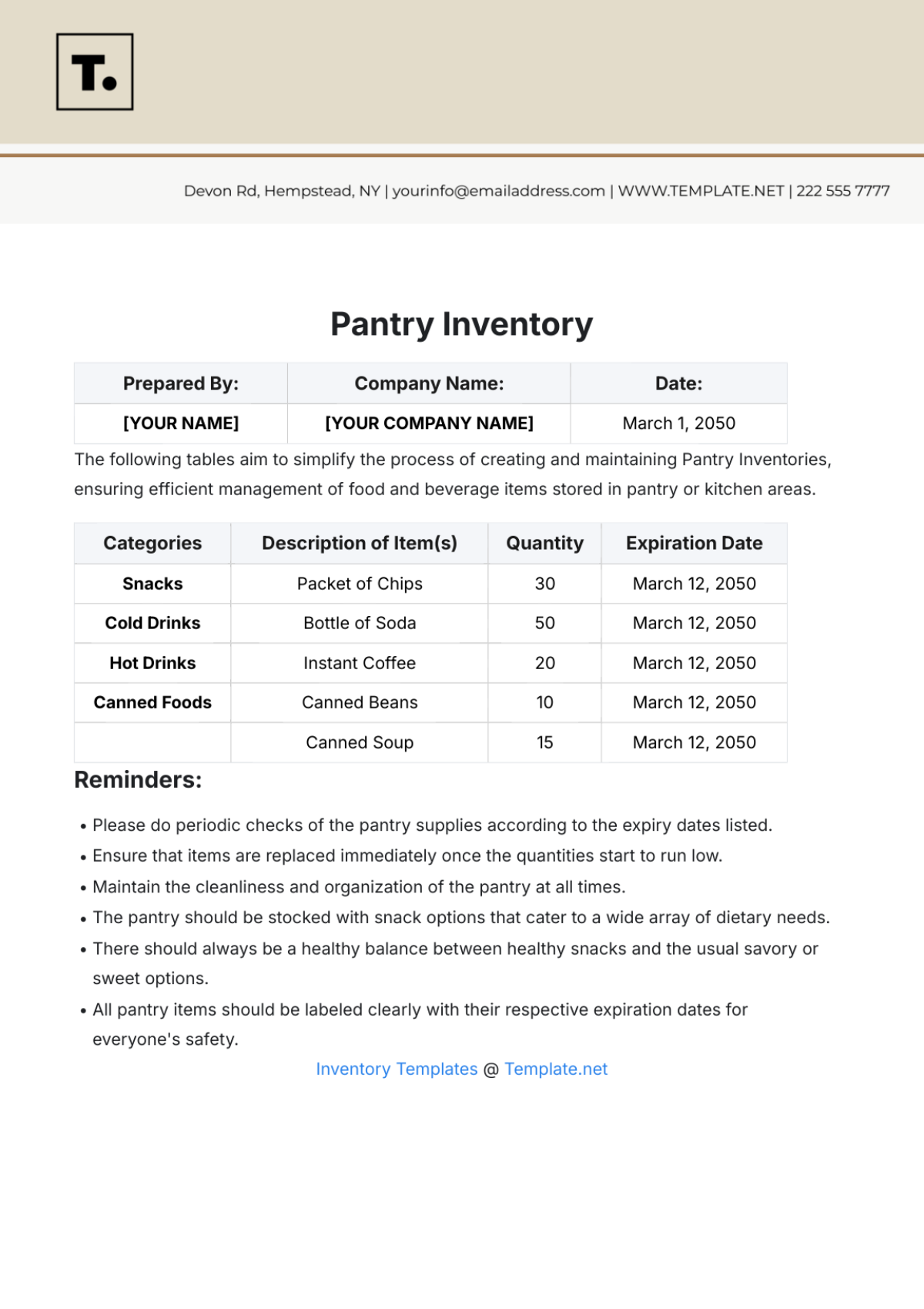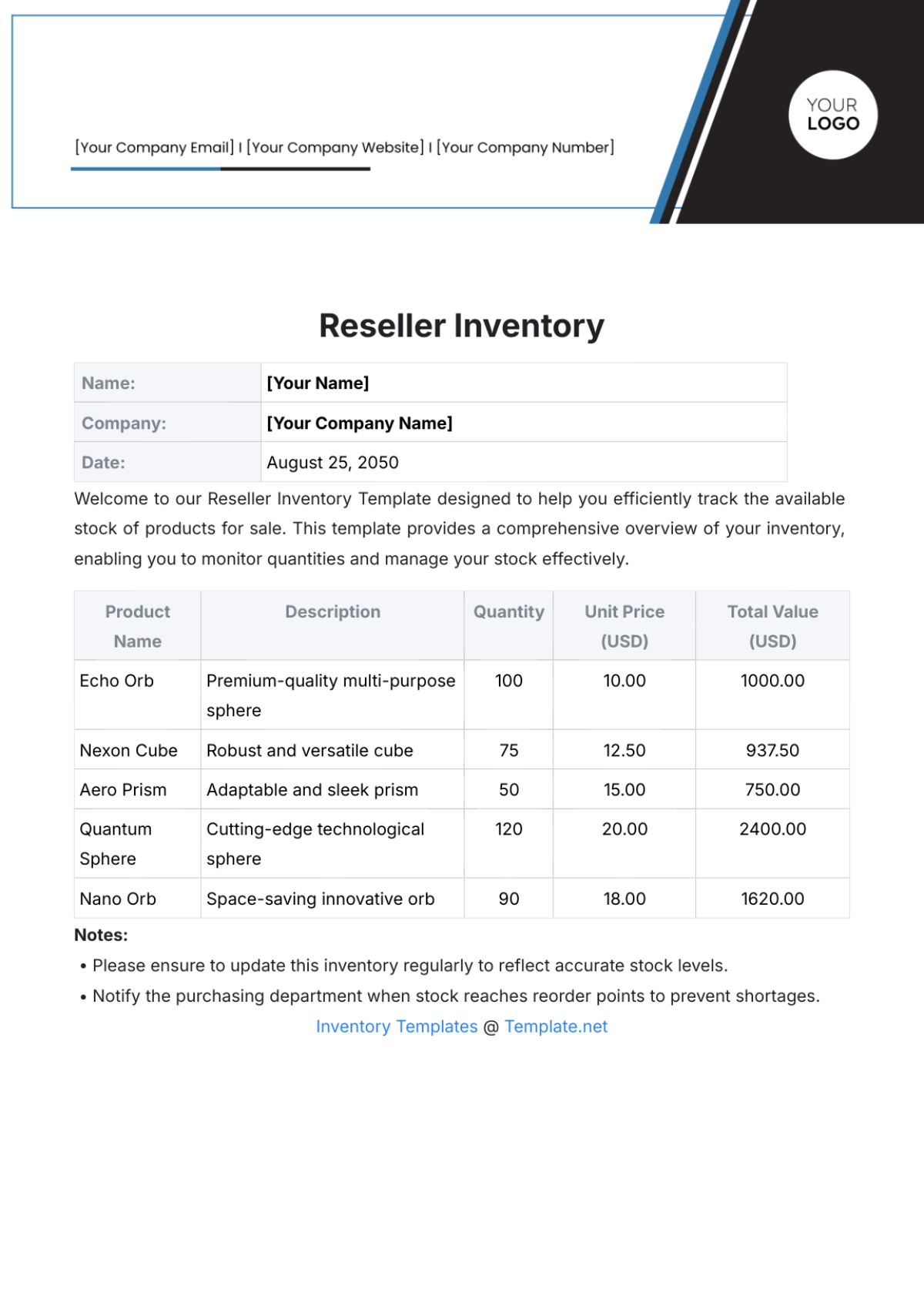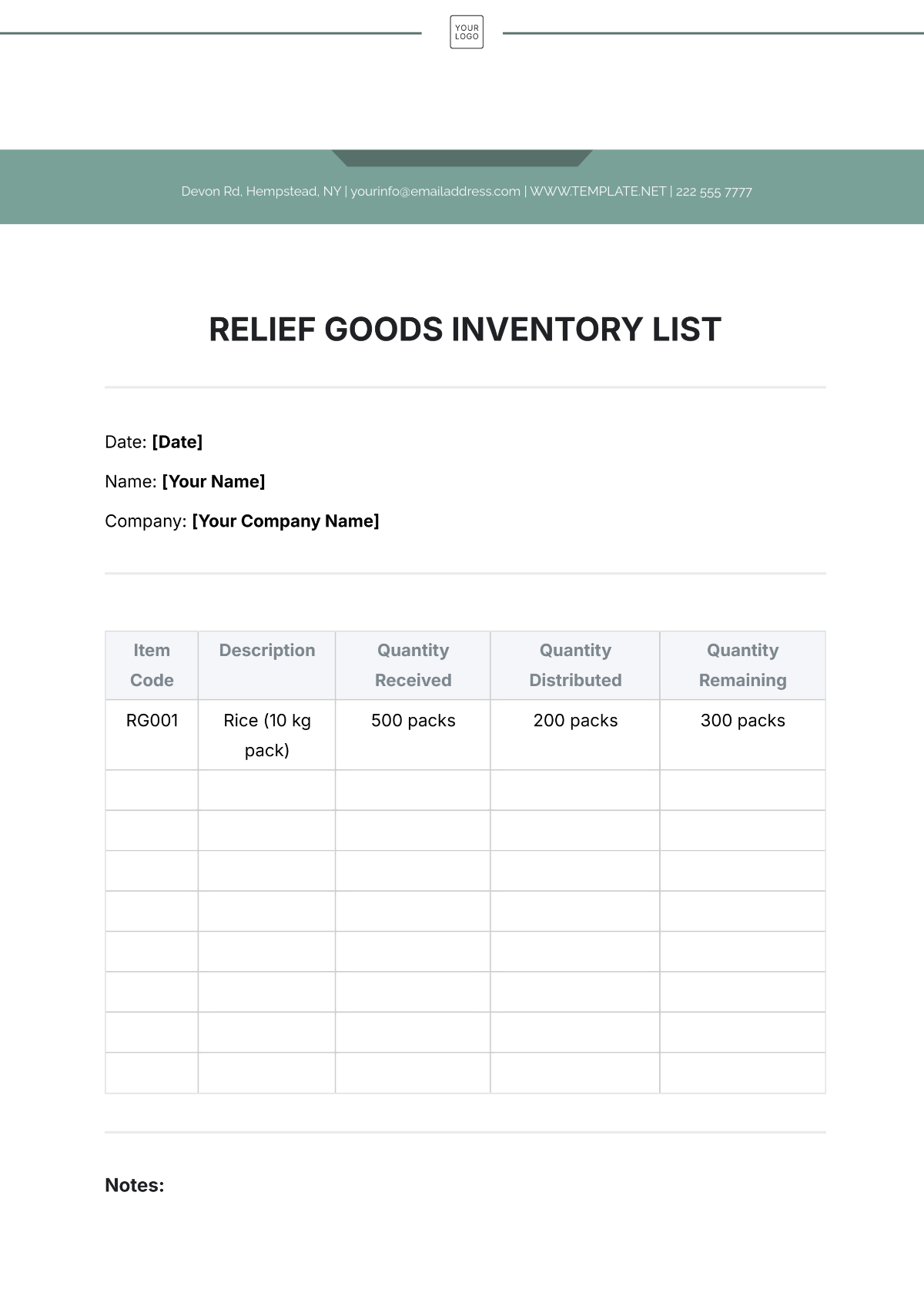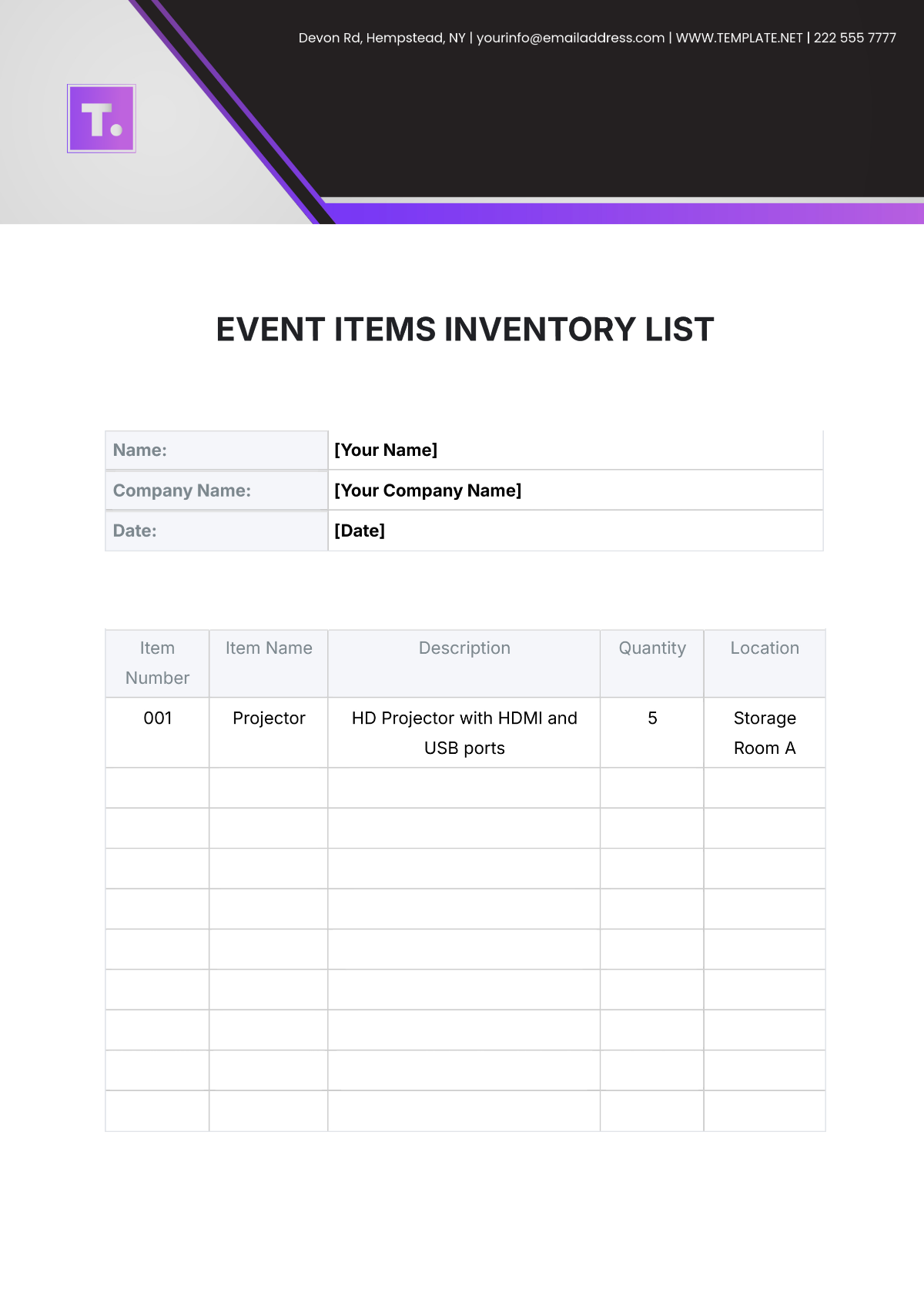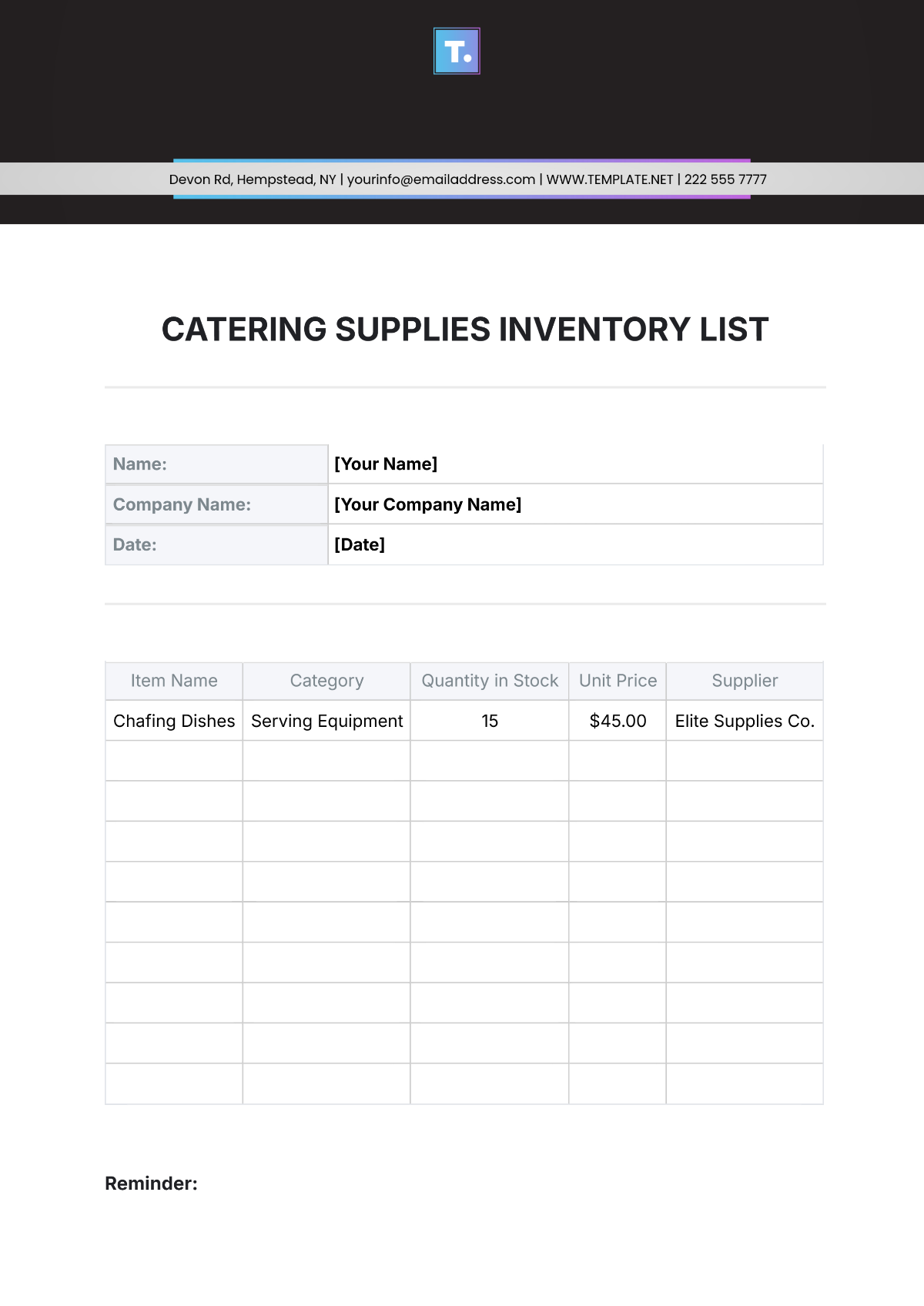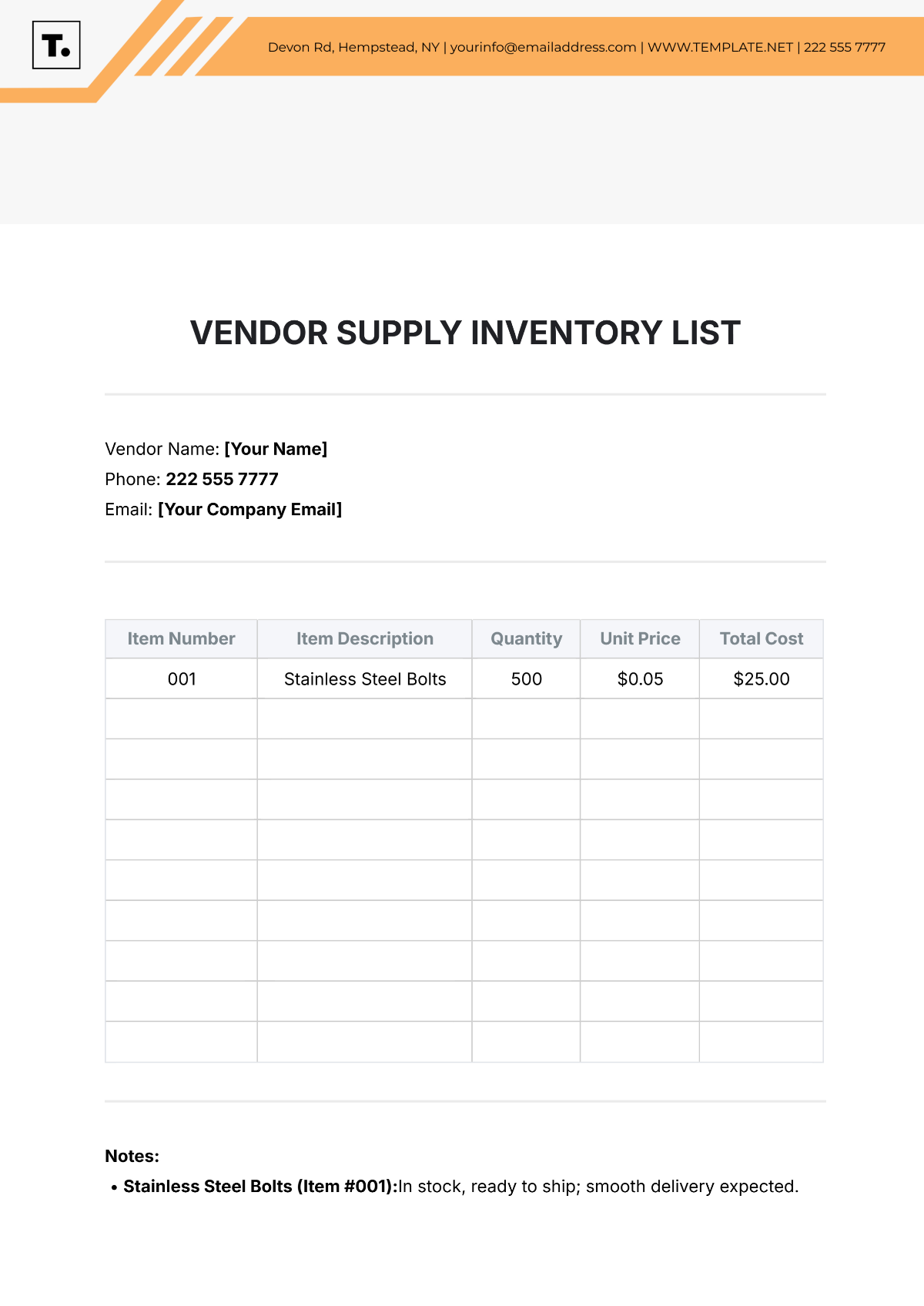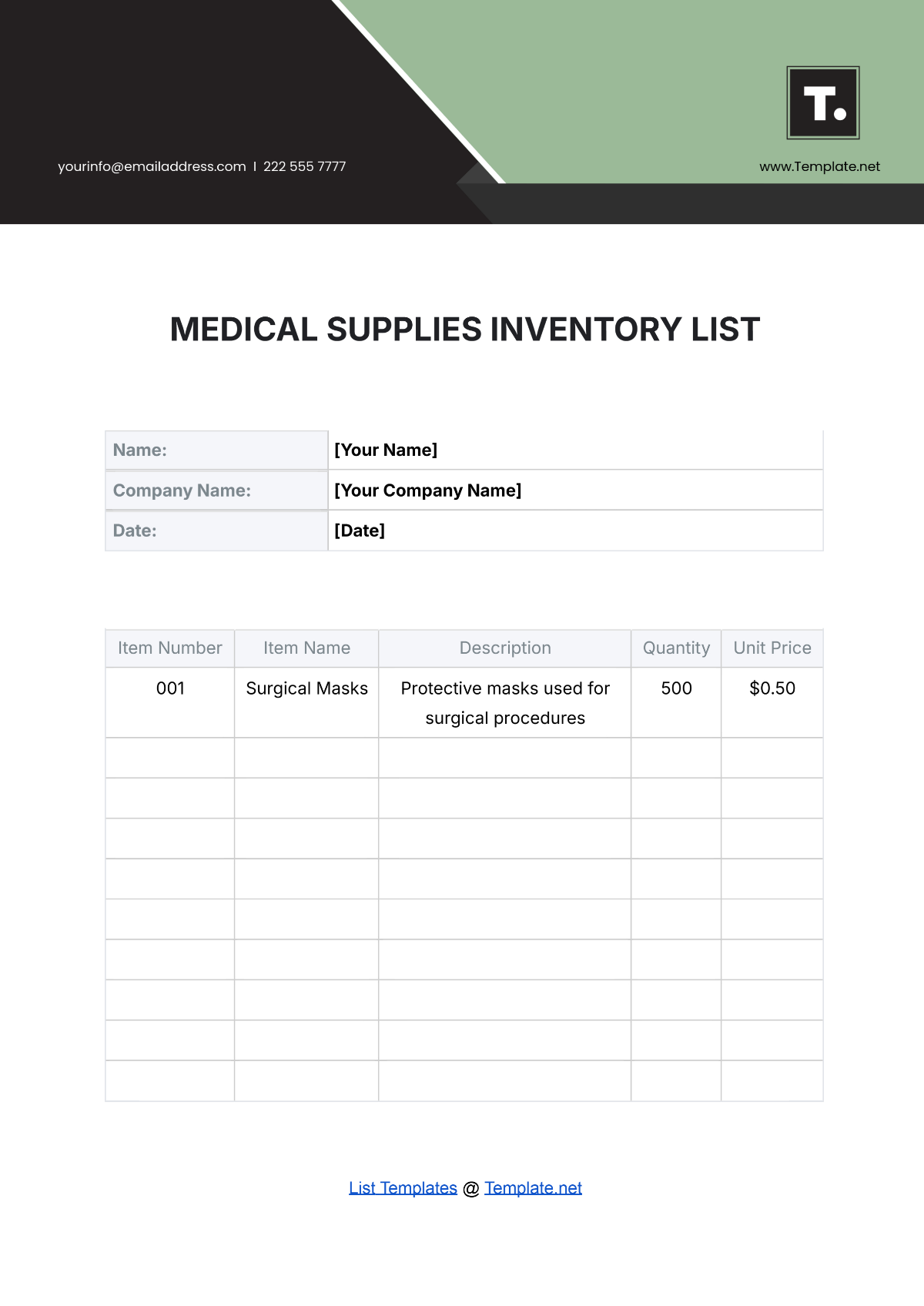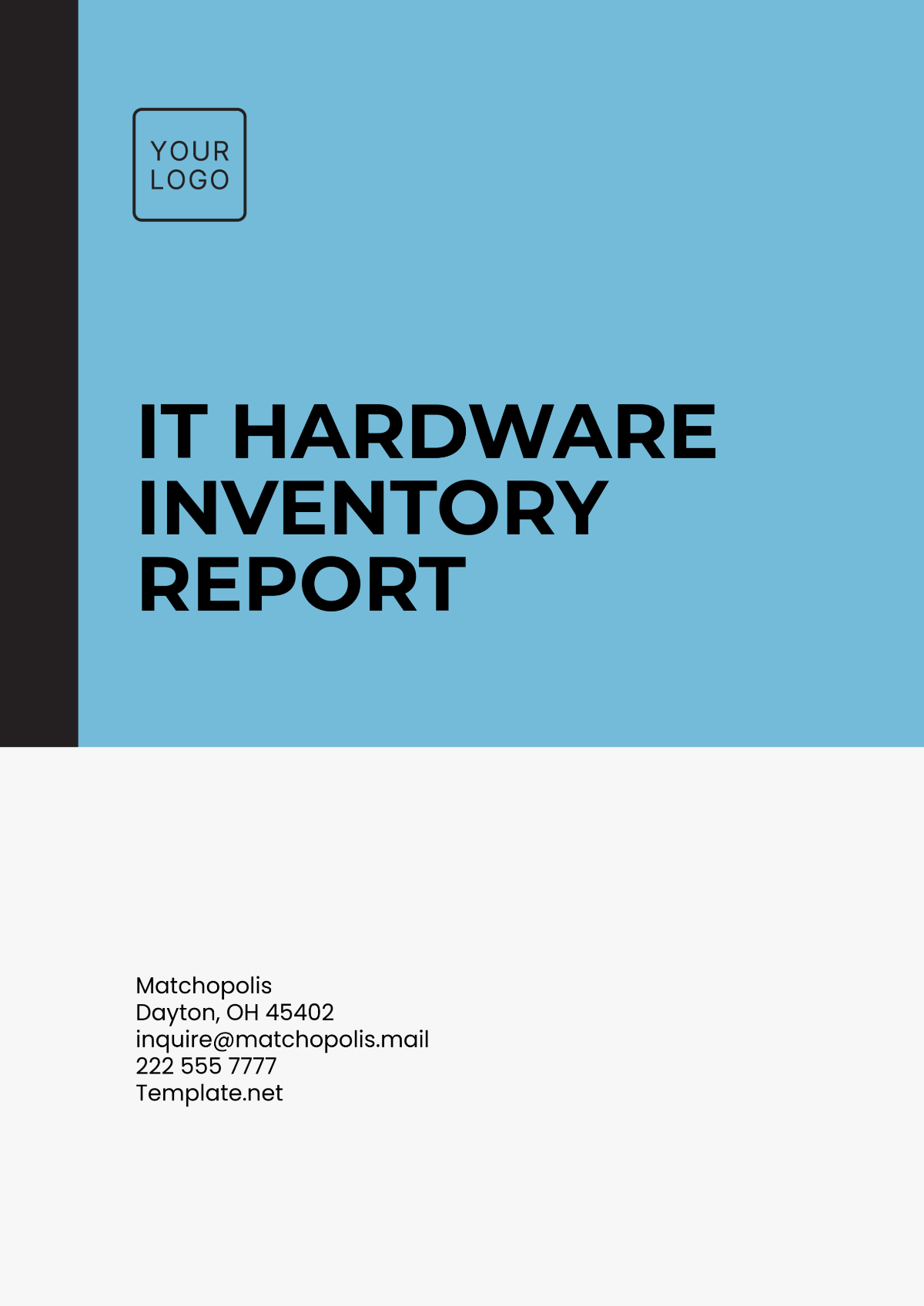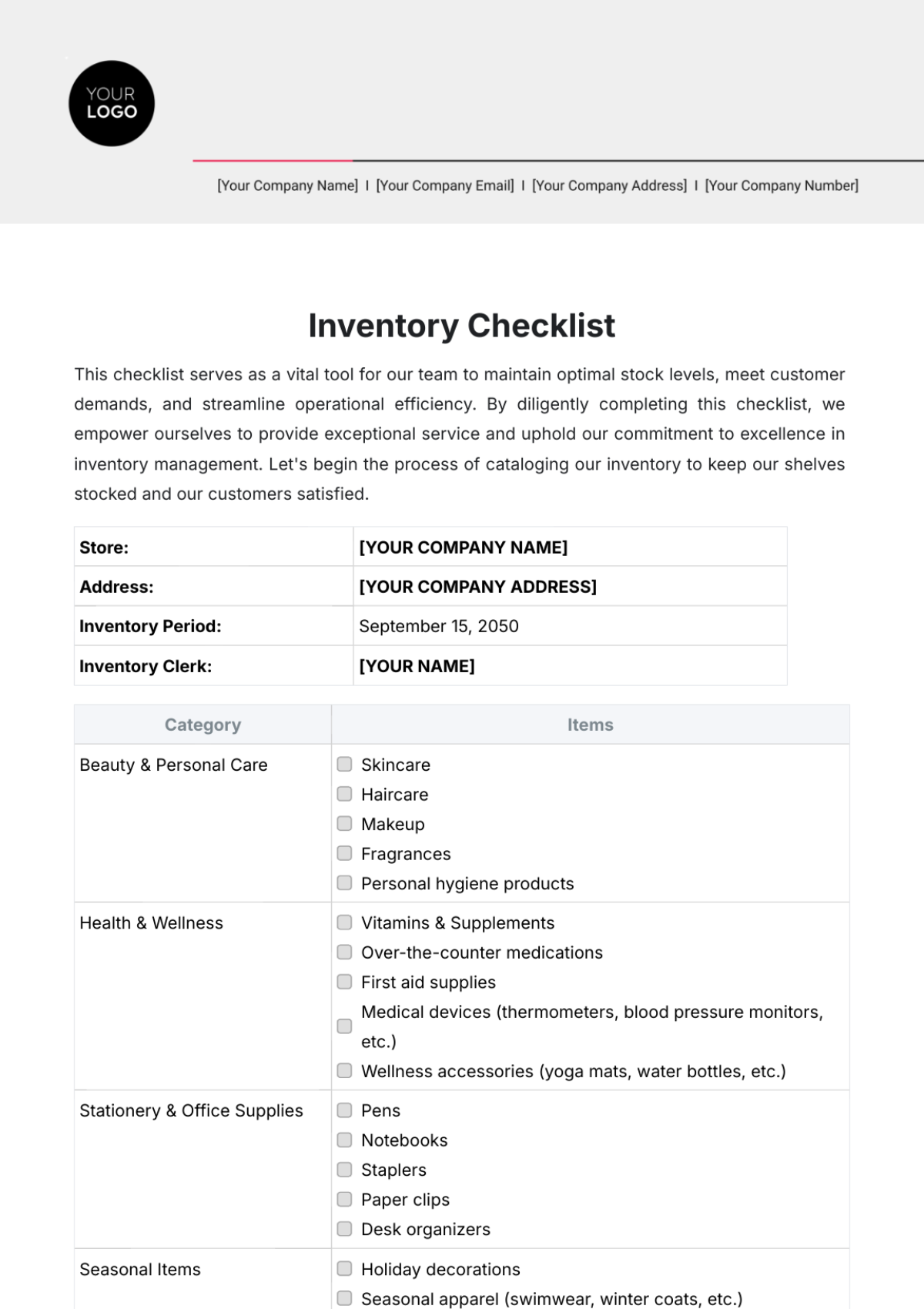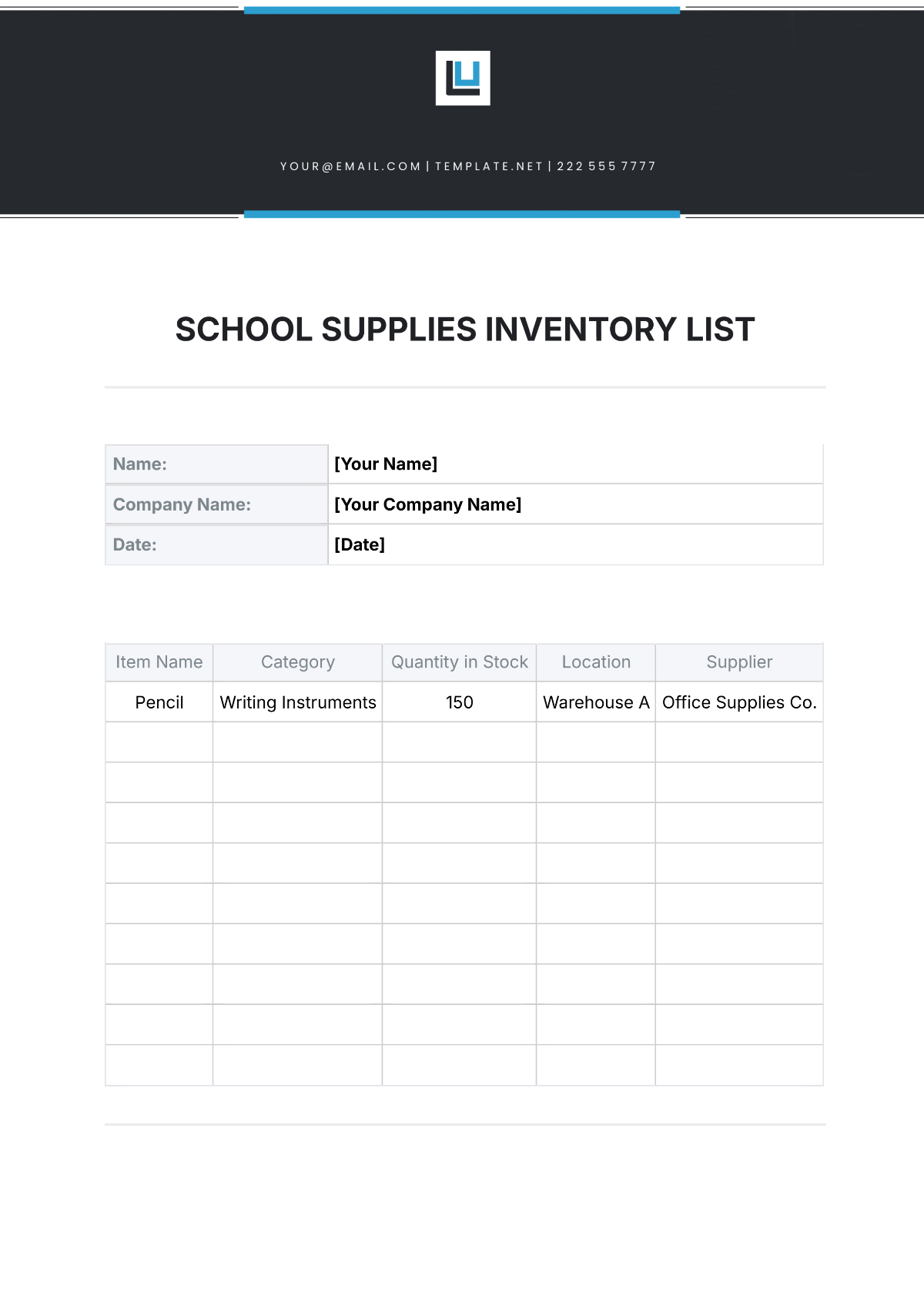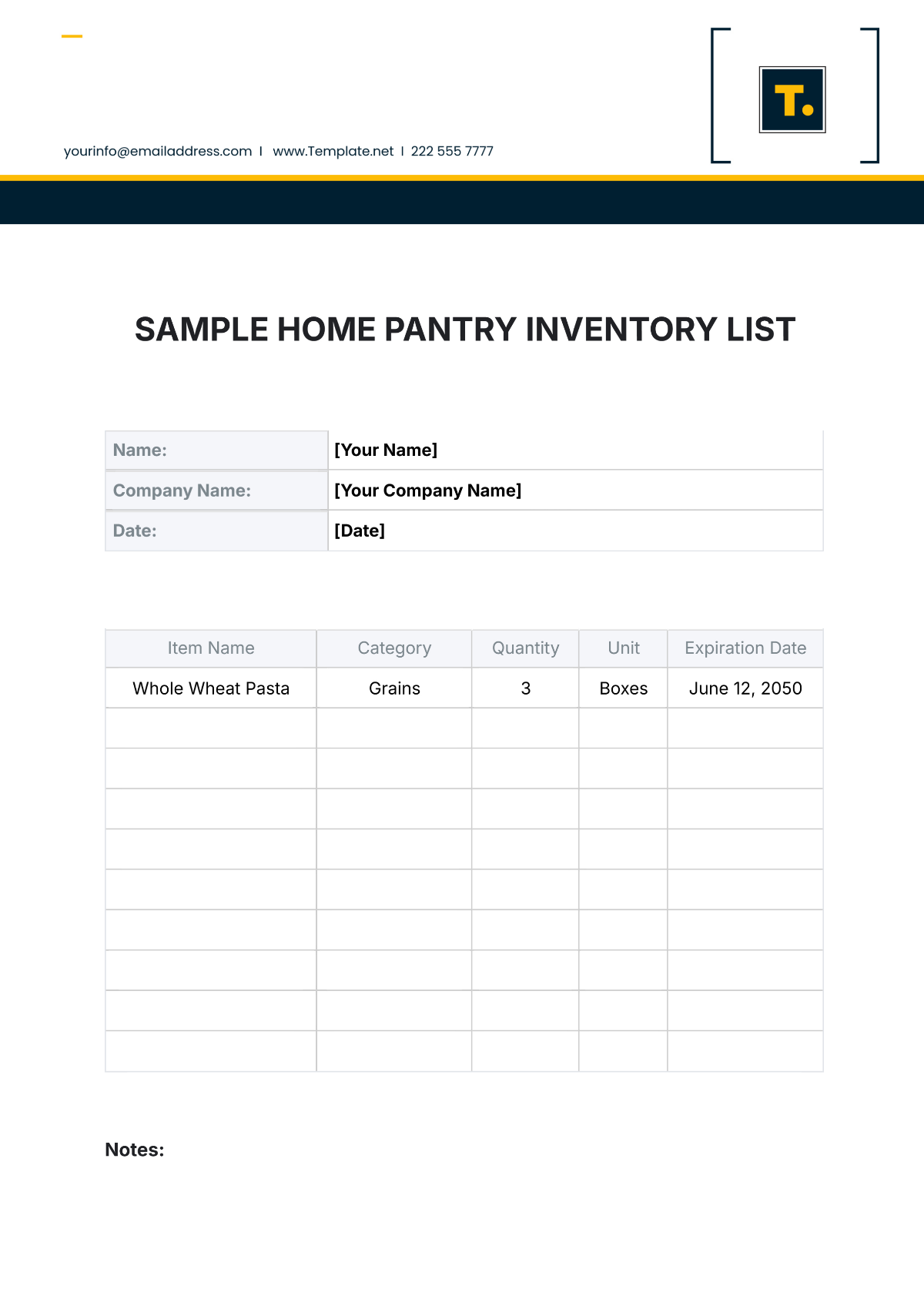Transition Planning Inventory Report
Prepared By: [YOUR NAME]
Company: [YOUR COMPANY NAME]
I. Executive Summary
The Transition Planning Inventory Report prepared for [YOUR DEPARTMENT] is designed to outline and facilitate a smooth transition for key projects and roles within [YOUR COMPANY NAME]. This document provides a detailed framework to ensure continuity and efficiency during periods of significant change such as leadership shifts, system upgrades, or reorganization efforts.
The importance of an organized transition plan cannot be overstated, as it directly impacts the operational integrity and strategic execution of the company. Following this structured approach will help minimize disruptions and maintain productivity levels throughout the transition period.
II. Transition Scope and Objectives
The primary scope of this report is to inventory all ongoing and upcoming transitions within [YOUR COMPANY NAME]. These transitions span various departments including [SPECIFIC DEPARTMENTS] and involve critical operational areas such as technology migration, leadership changes, and process optimization.
The objectives outlined in this report aim to:
Identify key resources and roles critical for a seamless transition.
Establish clear timelines and milestones for each phase of the transition.
Define roles and responsibilities for all stakeholders involved.
Implement monitoring tools to ensure objectives are met efficiently.
III. Current Transition Status
As of [CURRENT DATE], [YOUR COMPANY NAME] is undergoing several critical transitions. The status of these transitions is continuously monitored, with updates provided to ensure all stakeholders have current information. Detailed status reports help in identifying areas that require attention and additional resources.
Key transitions currently monitored include:
System upgrade of the [SPECIFIC SYSTEM].
Onboarding of the new [POSITION].
Restructuring of the [SPECIFIC DEPARTMENT OR TEAM].
IV. Action Items and Recommendations
To successfully manage the transitions outlined in this report, several action items are recommended. These actions are critical for maintaining momentum and addressing potential challenges promptly. Each action item is assigned to a specific team or individual to ensure accountability.
The following table lists the proposed action items along with their respective responsibilities and deadlines:
Action Item | Responsible Person/Team | Deadline | Status |
|---|---|---|---|
Finalize the migration strategy for [SPECIFIC SYSTEM OR PROJECT] | [TEAM OR PERSON] | [DEADLINE DATE] | In Progress |
Complete training for new software by [DEPARTMENT] | [TEAM OR PERSON] | [DEADLINE DATE] | Pending Initiation |
V. Findings
Resource Identification: The inventory revealed key resources and roles critical for successful transitions within [YOUR COMPANY NAME]. However, certain gaps were identified in resource allocation for specific projects or departments.
Timelines and Milestones: While clear timelines and milestones were established for most transition phases, some projects lacked specificity in their timelines, potentially leading to delays or confusion.
Roles and Responsibilities: Defined roles and responsibilities were outlined for stakeholders involved in the transitions. Nonetheless, there were instances where roles overlapped or lacked clarity, necessitating further refinement.
Monitoring Tools: Implementation of monitoring tools varied across different transitions. While some projects had robust monitoring mechanisms in place, others lacked adequate measures to track progress effectively.
VI. Recommendations
Resource Optimization: Conduct a comprehensive review of resource allocation to ensure adequate support for all transition projects. This may involve reallocating resources or acquiring additional support where necessary.
Timeline Refinement: Review and refine timelines and milestones for all transition phases, ensuring they are realistic and achievable. Clarify any ambiguities to prevent delays or misunderstandings.
Roles Clarification: Hold stakeholder meetings to clarify roles and responsibilities, ensuring each individual understands their contributions to the transition process. Address any overlaps or gaps in responsibilities promptly.
Enhanced Monitoring: Standardize the use of monitoring tools across all transition projects to facilitate consistent tracking of progress. Implement regular reporting mechanisms to keep stakeholders informed of developments and address any issues proactively.
VII. Conclusion
The Transition Planning Inventory Report for [YOUR COMPANY NAME] highlights the current status, outlines the planned initiatives, and identifies areas requiring targeted action. By following the strategies and action plans detailed in this report, the company is positioned to handle transitions smoothly and effectively, thereby ensuring operational continuity and strategic alignment.
It is crucial for all stakeholders to review this document thoroughly and contribute proactively to each transition phase. Continuous collaboration and communication across departments will be essential to navigate the changes detailed within this inventory report effectively.
